The Cost of Being Poor: How Every System Punishes Struggle
The Ripple Effect
-News and Commentary-
Now, even the digital world reflects this imbalance. Poor families often pay more for internet access through prepaid plans or mobile data limits. They buy groceries at convenience stores because full-service markets left their neighborhoods years ago. They’re excluded from fintech tools that require credit scores, savings balances, or monthly fees. This is systemic exclusion dressed up as financial literacy.
And while all of this plays out, the people affected are blamed. Not the landlords demanding $1,800 for a one-bedroom with no heat. Not the lenders charging 20% to someone with no other options. But the person working full-time who still needs help? They’re treated like a burden. Like poverty is a behavior instead of a condition shaped by policy, geography, and profit models.
So when did poverty stop being something to solve and become something to manage?
That shift happened quietly, over decades. And now we live in a country where the act of being poor isn’t just hard, it’s criminalized. Where the punishment for having less is paying more. And where the people who suffer under these systems are told it’s their own fault for not escaping them.
This isn’t a glitch in the system. This is the system.
Poverty in America isn’t just economic. It’s structural. It’s psychological. It’s cumulative. And it’s designed to feel personal—even when it’s clearly systemic.
We tell people to pull themselves up by their bootstraps, but hand them boots full of holes. We tell them to budget better, save more, make smarter choices—but everything about their environment is rigged to ensure they pay more and keep less. That’s not financial advice. That’s cruelty disguised as moral discipline.
And here’s the trap: once you’re poor, you don’t get to make mistakes. You don’t get to be late, tired, sick, or overwhelmed. You don’t get second chances. Not from banks. Not from landlords. Not from courts. Not from schools. And definitely not from the public conversation.
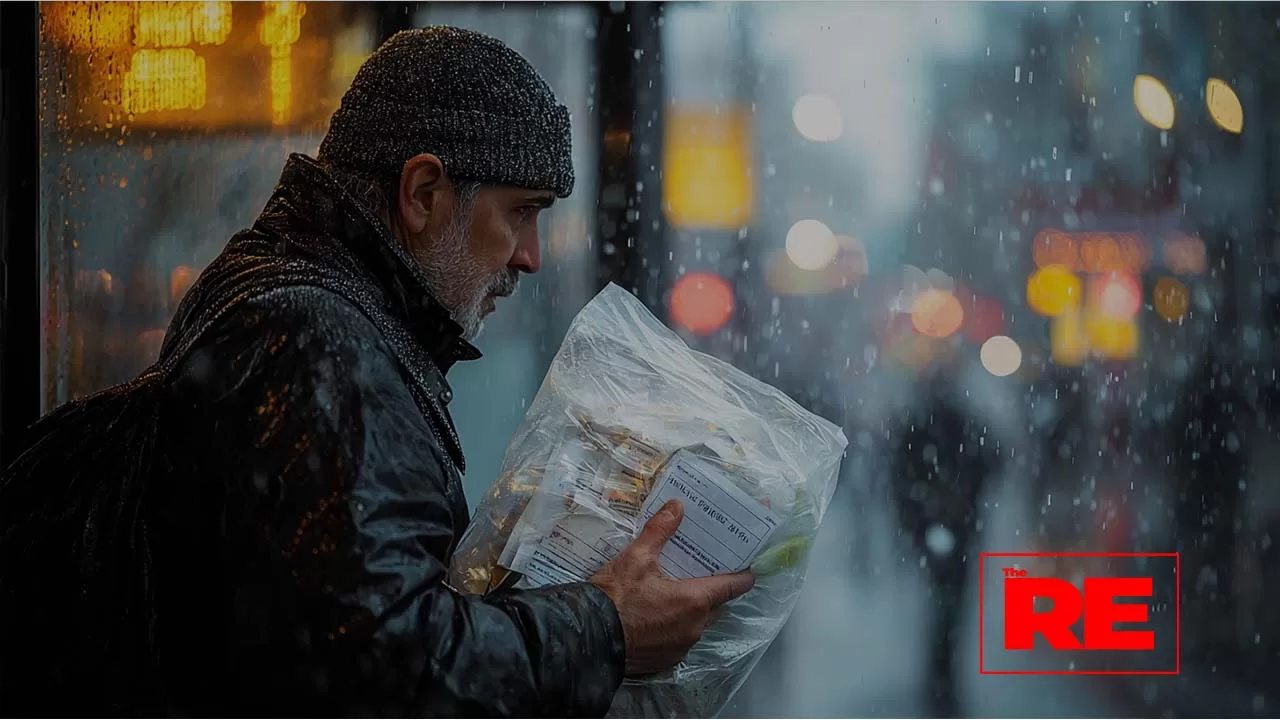
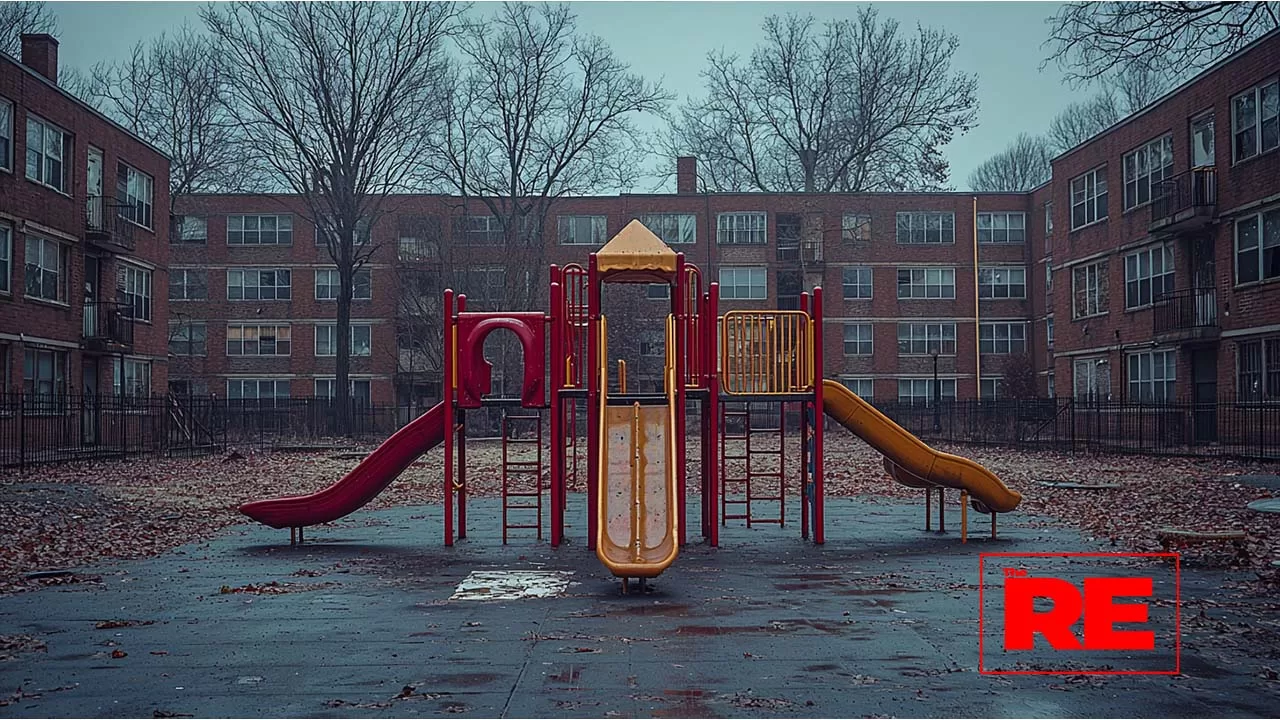
Today in The Ripple Effect, we are discussing how poverty in America doesn’t just mean having less it means being charged more, punished faster, and blamed harder.
From overdraft fees to late payment penalties, from predatory loan interest rates to housing deposits that never come back, poor people in this country aren’t just trying to survive, they’re paying for it. At every level, the systems that claim to offer support are structured in a way that makes struggle more expensive, more exhausting, and often, more permanent.
It’s not just about lack of income. It’s about institutional design, where banks, courts, schools, and social programs all operate on the assumption that if you’re struggling, it must be your fault.
People in poverty are charged more to access money, more to borrow, more to move, more to eat healthy, more to fix credit. And once they fall behind, even slightly, the systems in place don’t offer a hand, they hit them with another bill.
This isn’t a broken system.
It’s a functioning one.
It’s just not functioning for the people who need it most.
Poverty in America isn’t just a condition—it’s a penalty. And for those living inside it, that penalty comes in the form of higher costs, fewer options, and relentless punishment for even the smallest missteps. It’s a system designed not just to keep people from rising—but to charge them for falling.
The people most affected aren’t lazy or unemployed. They’re working. They’re contributing. They’re making minimum wage at chain restaurants, cleaning buildings overnight, driving rideshare until 2 a.m. and still falling behind. And the more they fall behind, the more expensive life gets. Every late bill, every overdraft, every missed payment becomes another toll—added not by accident, but by design.
This is what the architecture of poverty looks like. A $35 overdraft fee on a $12 purchase. A payday loan that charges 391% APR because traditional banks won’t approve a line of credit. A security deposit and first month’s rent demanded up front, even when the applicant’s monthly income could clearly support the lease. Everything is front-loaded. Everything assumes failure.
And when help is needed, it’s often surrounded by hoops. Social services are built on distrust. Food assistance comes with constant reevaluations. Medicaid applications get rejected for clerical errors. Housing vouchers are waitlisted for years. These programs don’t operate as lifelines—they operate as tests, daring people to prove they’re worthy of survival.
This didn’t begin with one administration or one party. The framework dates back to the Reagan era, where narratives around personal responsibility became policy. Then in the ’90s, the “tough love” approach to welfare hardened into law—placing time limits and work requirements on assistance without ever expanding real opportunity. Since then, the language around poverty has been sanitized: “food insecurity,” “housing burden,” “underbanked.” But the reality hasn’t softened. It’s just become easier to ignore.
Instead, every missed payment, every forgotten document, every failed inspection gets turned into a character flaw. And that’s how the system stays intact—by making you feel like the problem while it profits off your inability to escape it.
And this doesn’t just hurt individuals. It ripples through families, neighborhoods, entire generations. When parents are consumed with survival, they can’t plan for growth. When housing is unstable, education suffers. When transportation is unreliable, job security evaporates. Poverty creates fatigue that bleeds into every decision, every interaction, every future possibility.
And what’s worse? We’ve normalized it.
We’ve allowed a society where it’s more profitable to punish the poor than to support them.
Where you can bounce a check and end up in jail.
Where missing rent by three days leads to eviction, but a landlord can take weeks to fix a broken heater.
Where wealth buys silence and invisibility, and poverty gets micromanaged to death.
So we need to start asking the real questions:
Who benefits when poverty is criminalized and monetized at every level?
What does it say about a nation that lets late fees fund banks and jail time fill budget gaps?
When did the safety net become a maze of penalties and shame?
Where is the accountability for systems that profit off failure?
Why do we keep pretending individual behavior can fix what policy created?
This is not just a matter of economics. It’s a matter of dignity. Of design. Of whether we believe that struggling to survive should be punished—or supported.
Because if being poor means being exhausted, exploited, and blamed for your own struggle…
then we’re not fighting poverty anymore.
We’re institutionalizing it.
One story. One truth. One ripple at a time.
This is The Ripple Effect, powered by The Truth Project.
Deportation Nation: The Silent Reshaping of U.S. Borders
The Ripple Effect
-News and Commentary-
Deportation Nation: The Silent Reshaping of U.S. Borders
- Home
- Articles Posted by (
- Page 2 )
Share On Social
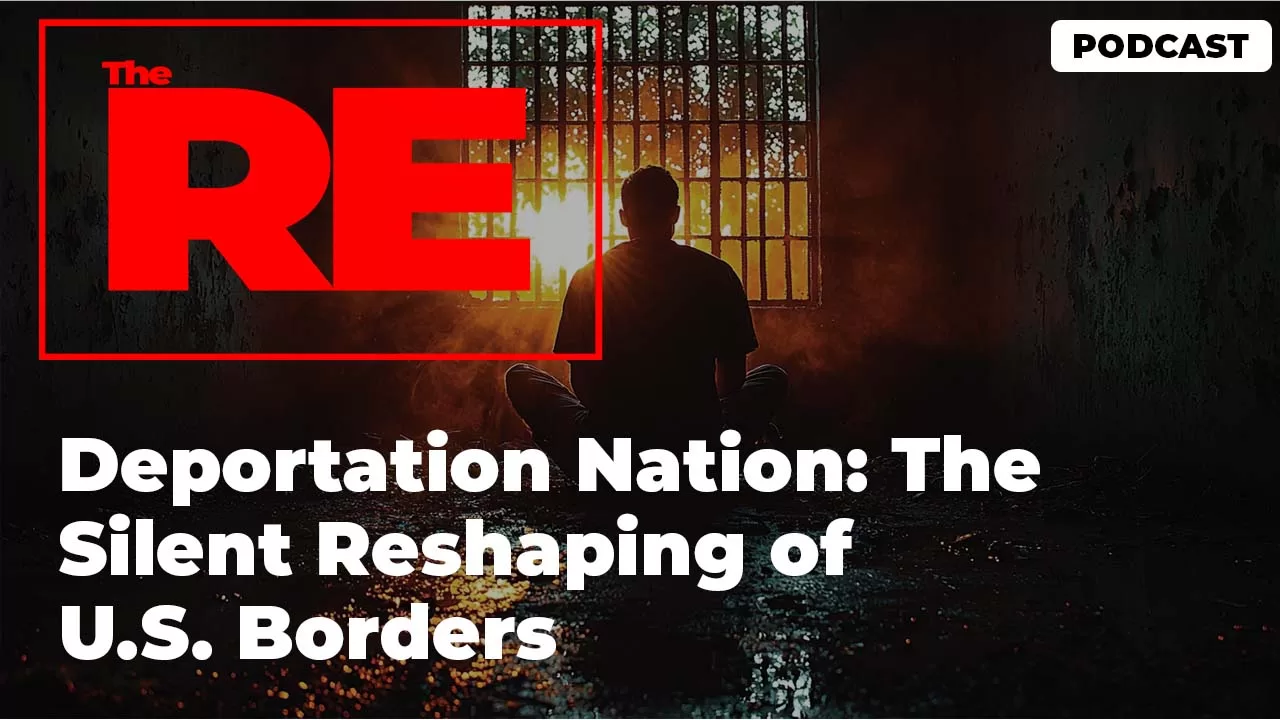
Today in The Ripple Effect, we are discussing how U.S. immigration policy is being rewritten—not through bold announcements or sweeping reform, but through silence, shadow moves, and quiet expulsions.
Across the country, deportations are still happening. But they don’t look the way they used to. There are fewer images of large raids. Less media coverage of packed detention centers. The public conversation has faded. But behind that silence, a new system is tightening. It’s quieter. More technical. More digital. And arguably, more dangerous because fewer people are paying attention.
What’s unfolding now is less about building walls and more about building systems:
Digital tracking. Quiet rule changes. Expanded expedited removal.
A legal maze that’s nearly impossible to navigate unless you already have privilege.
And for those without it?
You may never even see a courtroom before being removed from the country you call home.
This isn’t just about immigration anymore. This is about power, access, and control wrapped in the language of national security.
So how did we get here?
And why are so few people talking about what this system has become?
Let’s begin with who’s directly impacted. It’s not just undocumented migrants crossing the border, it’s visa overstayers, refugees in legal limbo, longtime residents with green cards, and even U.S. citizens with immigrant relatives caught in bureaucratic webs. And it’s not just adults. Children, some born here, some not, are being swept up in policies they don’t understand. For many families, one traffic stop or address update can set off a chain reaction leading to detention or removal.
So what exactly is happening?
The American deportation machine hasn’t slowed, it’s evolved. The old image of ICE agents breaking down doors is still real, but it’s no longer the frontline. Now, enforcement starts with algorithms. Tech companies feed data into ICE databases. Government contractors design predictive tools to flag “high-risk” individuals based on criminal records, court dates, and even social media activity.
Surveillance isn’t just happening at the border—it’s everywhere.
License plate readers track vehicle movement.
Cell phone metadata is used to predict “migrant caravans.”
Facial recognition scans are quietly implemented in DMVs and airports.
This new era of immigration control blends technology, secrecy, and plausible deniability. The Department of Homeland Security can now deport someone using data collected by third-party brokers, without ever having to show probable cause in court.
And the rules for who qualifies as deportable? They’re changing too.
Under Title 8, many immigrants can be removed through expedited removal, a process where they are denied a court hearing, legal counsel, or the chance to build an asylum case. This tool, once reserved for border zones, is now being used in cities across the country. One wrong ZIP code, one missed appointment, and you may be classified as “removable” without ever being told when or how that label was applied.
So when did this shift start?
It didn’t happen all at once. This system has been under construction for nearly two decades.
Post-9/11 legislation opened the door for surveillance and anti-terror frameworks to be applied to immigration.
Under Obama, deportations peaked; earning him the nickname Deporter-in-Chief.
Trump escalated things with blunt force—zero tolerance, family separation, public raids.
And then came Biden. The tone softened, but the architecture stayed. In fact, it grew smarter, more hidden, and harder to trace.
Many hoped Biden’s administration would undo Trump-era policies. But instead, DHS quietly expanded tools that prioritize speed over fairness. The message is: you don’t need to be seen to be removed.
And here’s what few want to talk about; there’s big money behind all of this.
Private detention centers like those run by GEO Group and CoreCivic are publicly traded and profit per body held.
Tech companies like Palantir and Amazon Web Services provide infrastructure for ICE’s digital enforcement systems.
Lobbying groups regularly push for tighter enforcement because the contracts are lucrative. Deportation isn’t just policy, it’s business.
So why does it matter?
Because what’s being shaped here isn’t just immigration enforcement, it’s a parallel justice system. One where constitutional protections don’t fully apply. One where the presumption of innocence is replaced by algorithmic suspicion. One where entire communities live in a constant state of anxiety, waiting for a knock that never makes the news.
This isn’t just about who gets to stay, it’s about how power is being used to silence, disappear, and discourage without accountability. And that’s not a border issue. That’s a democracy issue.
This is what happens when a system becomes too quiet:
People stop noticing it.
And then they stop questioning it.
And eventually, they forget it’s even there, until it knocks on their door.
That’s what the modern deportation system has become. Not a wall, not a headline, not a chant at a rally. It’s a quiet bureaucracy moving faster, deeper, and more invisibly than ever before.
And here’s the truth: it’s not about who “deserves” to be here. It’s about how we treat the people who already are.
We’ve entered a phase where entire families can be removed from communities not because they posed a threat, but because they didn’t fill out the right paperwork in time. Because they crossed a border in desperation. Because the system didn’t give them the chance to explain.
And once they’re gone, they vanish twice, first physically, then from the public conversation.
No story. No spotlight. No debate.
Just absence.
And that silence is the most dangerous part.
Because the machinery of removal is expanding—not with new laws, but through the repurposing of old tools.
Not with a loud crackdown, but with a quiet shift in language: from “asylum seeker” to “border crosser.”
From “immigrant” to “illegal.”
From neighbor to number.
And it doesn’t stop at deportation.
The surveillance tech being built today for immigration enforcement? It doesn’t stay in one lane. The same tools are already being tested in policing, welfare fraud detection, protest surveillance. What starts at the border rarely stays at the border.
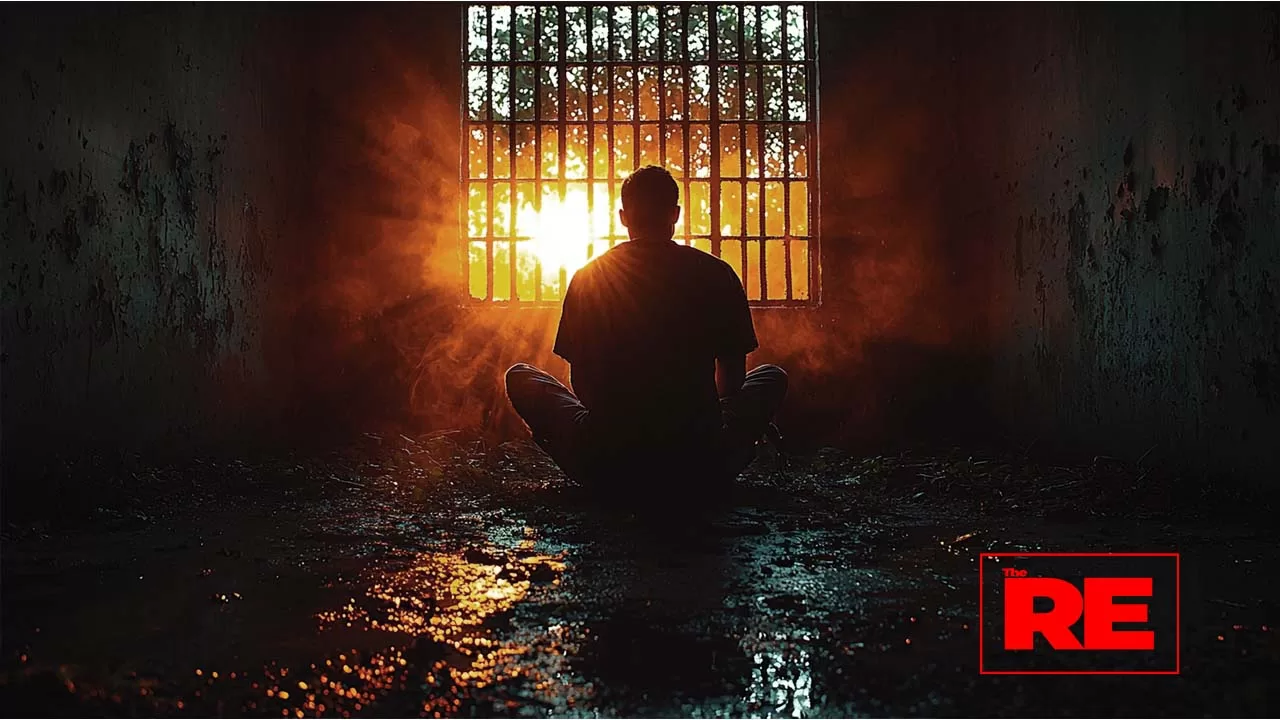


So what do we ask ourselves now?
Who are we comfortable disappearing, so long as it happens quietly?
What rights are we willing to suspend in the name of “control”?
When does policy stop being protection and start becoming punishment?
Where is the line between security and cruelty and who decides?
Why are we so quick to accept “efficiency” when it comes at the cost of someone else’s humanity?
Because if we keep letting silence replace scrutiny, if we keep ignoring what doesn’t affect us directly, we’ll wake up one day to find that the same system we let disappear others is now aimed closer to home.
This isn’t just about borders.
It’s about whether we believe justice should depend on paperwork or personhood.
One story. One truth. One ripple at a time.
This is The Ripple Effect, powered by The Truth Project.
The Rent Trap: How Inflation Policy Is Fueling a Housing Crisis
The Ripple Effect
-News and Commentary-
The Rent Trap: How Inflation Policy Is Fueling a Housing Crisis
- Home
- Articles Posted by (
- Page 2 )
Share On Social
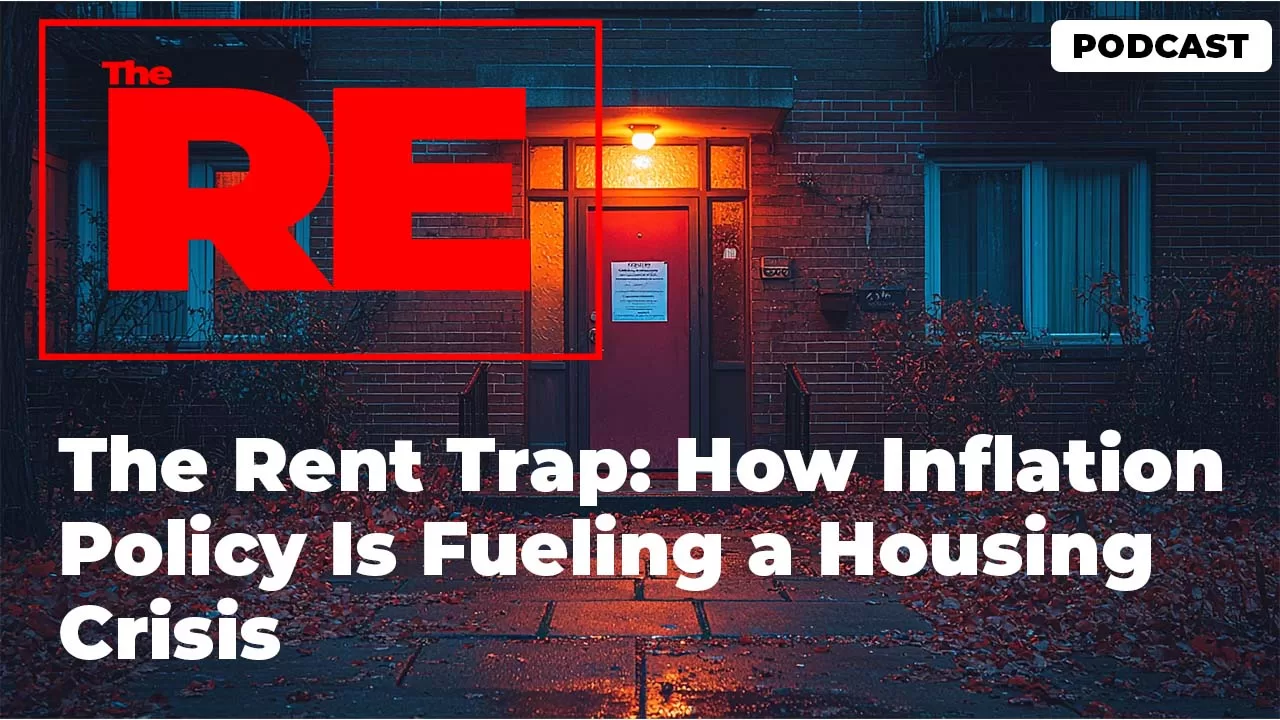
Today in The Ripple Effect, we’re talking about rent, how it went from annoying to unbearable, and how a war on inflation quietly turned into a war on stability.
Across the country, rent isn’t just going up, it’s exploding. Cities, suburbs, rural towns it doesn’t matter. A one-bedroom apartment that used to cost $1,200 is now pushing $1,900. That’s not just inflation. That’s structural pressure, compounded by decisions made far from the tenants who are paying for it.
For years, housing has been sold as the first step to financial security. But now? Rent is the trap that keeps people from ever moving forward. And while headlines blame supply and demand, interest rates, or even millennials with avocado toast, the deeper truth is this: policy choices made at the top are reshaping life at the bottom.
Because when the Federal Reserve raises interest rates to “fight inflation,” mortgage rates rise. When mortgage rates rise, would-be homeowners stay renters longer. When they stay renters, demand surges. And when demand surges in a market with low supply? Landlords raise the rent, not because they need to, but because they can.
This is the ripple. A decision made by the Fed board in a wood-paneled room eventually shows up as an eviction notice in someone’s mailbox.
No warning. No conversation. No forgiveness.
Just… gone.
Let’s talk about who’s caught in the middle of this mess. It’s not just low-income renters or people in overpriced cities. It’s people with good jobs and decent credit—nurses, teachers, first-year engineers, families with two incomes. People who did everything “right” but are still watching rent eat 40, 50, sometimes even 60% of their paycheck. It’s the young adult trying to move out, the retiree looking to downsize, and the single parent who just needs a two-bedroom that won’t wipe out their savings.
So what exactly happened?
The answer starts with interest rates. In 2022, when inflation started surging, the Federal Reserve responded with one of the fastest and most aggressive rate hikes in decades. That move, meant to slow the economy, had an unintended consequence: it made buying a home nearly impossible for millions of people. Mortgage rates doubled in under a year. Homeownership, once a reachable goal for the middle class, slipped out of reach almost overnight.
With fewer people buying, the rental market got slammed. Former homebuyers stayed renters. Landlords saw the demand and raised rents, not modestly, but aggressively. In places like Tampa, Phoenix, and Atlanta, average rents rose by 20–30% in a single year. And it wasn’t just individual landlords adjusting to inflation. It was institutional players—corporate landlords—who started treating rental properties like stock portfolios.
Companies like Invitation Homes, Progress Residential, and Blackstone bought up tens of thousands of single-family homes, using pricing algorithms to raise rents dynamically. No one to negotiate with. No faces behind the leases. Just an automated system designed to push rent as high as the market would bear.
Meanwhile, renters had nowhere to go. Cities weren’t building fast enough. Zoning laws kept housing supply restricted. In some neighborhoods, long-term rentals were replaced by short-term listings. In others, developers focused only on high-end luxury apartments—because that’s where the margins were, not affordability.
And public policy? It barely flinched. Emergency rental assistance programs expired. Most states passed the buck to local governments. Federal protections didn’t keep pace with rising costs. Rent control remained politically toxic. In many places, landlords could raise rent by 20% and face no consequences at all.
But when did this pressure start building?
It didn’t begin with COVID but that’s when everything sped up. The pandemic exposed the fragility of the housing system. Then inflation hit, and the Fed’s reaction amplified the existing cracks. What was once a slow-moving affordability issue became a full-blown crisis by 2023. Renters went from budgeting tighter to being pushed out completely.
And why does it matter?
Because stable housing isn’t a luxury, it’s a foundation. Without it, everything else collapses. When people are forced to move every year because of rent hikes, they lose community. They lose consistency. Kids lose school stability. Parents lose work proximity. Mental health tanks. Savings disappear. Hope fades.
And all of it—all of it—can be traced back to decisions made in the name of “economic stability.” But stable for who? Because for millions of renters, the system feels anything but.
Rent was never supposed to define your entire financial life. But today, it’s doing exactly that—for more people than ever.

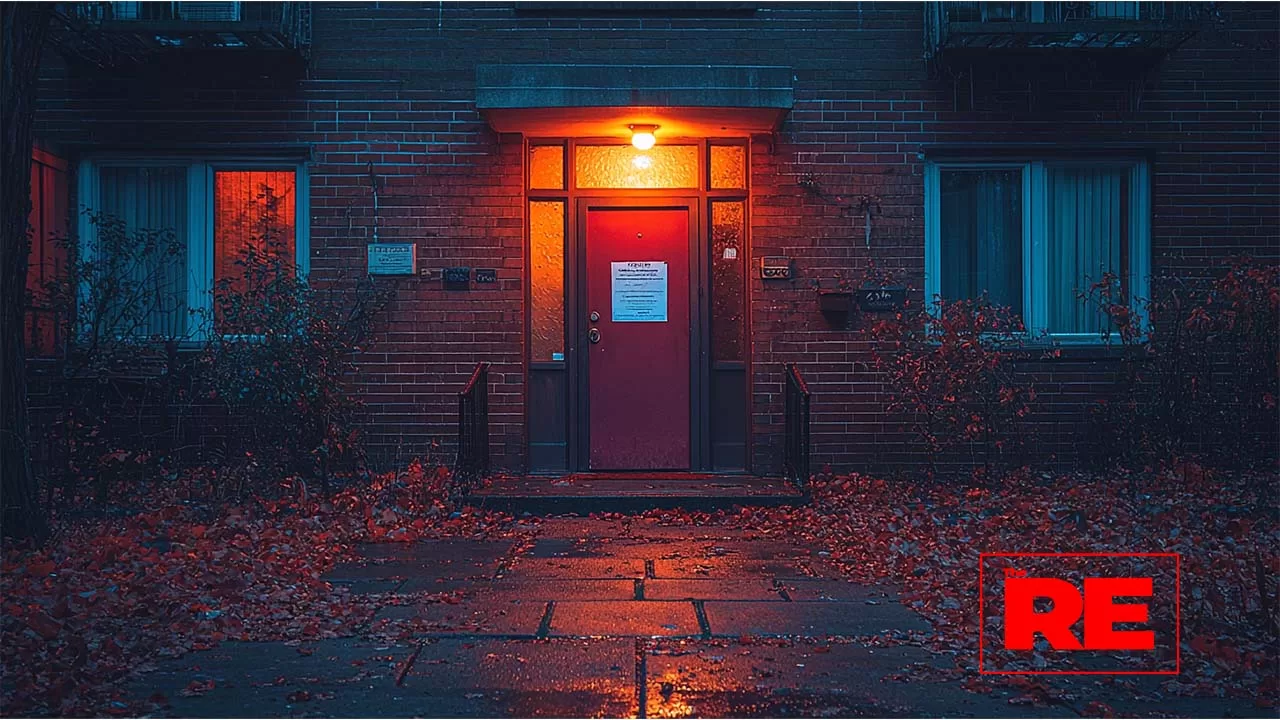

The truth is, renting has become less about transition and more about survival. You’re not building toward anything. You’re just staying afloat, hoping the next lease renewal doesn’t break you. That’s the quiet pressure that’s reshaping what it means to be “doing okay” in America.
And it’s not just about high prices t’s about what those prices take away. When 50% or more of your income goes toward housing, everything else shrinks with it. Vacations disappear. Medical checkups get postponed. Student loans fall behind. Emergency savings? That turns into wishful thinking. For some families, even one small rent increase can trigger a cascade of cuts—to groceries, transportation, childcare, and everything in between.
That kind of financial fragility doesn’t just affect wallets. It changes behavior. It teaches people to stop planning, to avoid risk, to stay still when moving might make more sense. People stop switching jobs even for better pay because moving means upfront costs, application fees, deposits, and credit checks. They stop asking for raises because job insecurity and housing insecurity now feel connected. When your housing can vanish with 30 days’ notice, stability becomes a luxury, not a right.
And then there’s the emotional cost. Living on the edge of affordability wears you down. It creates a sense of impermanence even when you’ve lived in the same place for years. You start to second-guess your worth. You feel out of place in your own neighborhood. Gentrification doesn’t just move people it isolates the ones who stay. New cafes open, old neighbors leave, and the rent hikes send a quiet message: this place is no longer for you.
But perhaps the most dangerous ripple is how normalized it’s all become.
People say, “That’s just the market.”
They shrug off $2,400 for a two-bedroom.
They downplay the stress of signing a lease, not knowing if they’ll be able to renew it next year.
That’s how systems protect themselves by turning dysfunction into expectation.
And while all this unfolds, policy remains stuck. Housing continues to be framed as a local issue, even as national trends shape everything from mortgage rates to rental prices. There’s no federal strategy to cap rent increases. No large-scale intervention to stabilize housing markets. Just a patchwork of local attempts, and a lot of finger-pointing.
So where does that leave us?
It leaves us with a housing system where profit has outpaced purpose.
Where families are displaced, not by disaster, but by spreadsheets.
Where millions of Americans are being slowly priced out of a future they thought they were building.
So let’s stop asking, “Can people afford rent?” and start asking:
Who decided that housing is something to invest in instead of something to live in?
What kind of society pretends that rent increases are just economics, not consequences?
When did we start accepting that working full-time still might not be enough to stay housed?
Where are the protections that recognize shelter as a human right, not a monthly hustle?
Why are renters treated like temporary residents in the communities they help sustain?
Because once people stop believing they can stay where they are, or ever get to where they want to be, the damage doesn’t just ripple. It lingers.
One story. One truth. One ripple at a time.
This is The Ripple Effect, powered by The Truth Project.

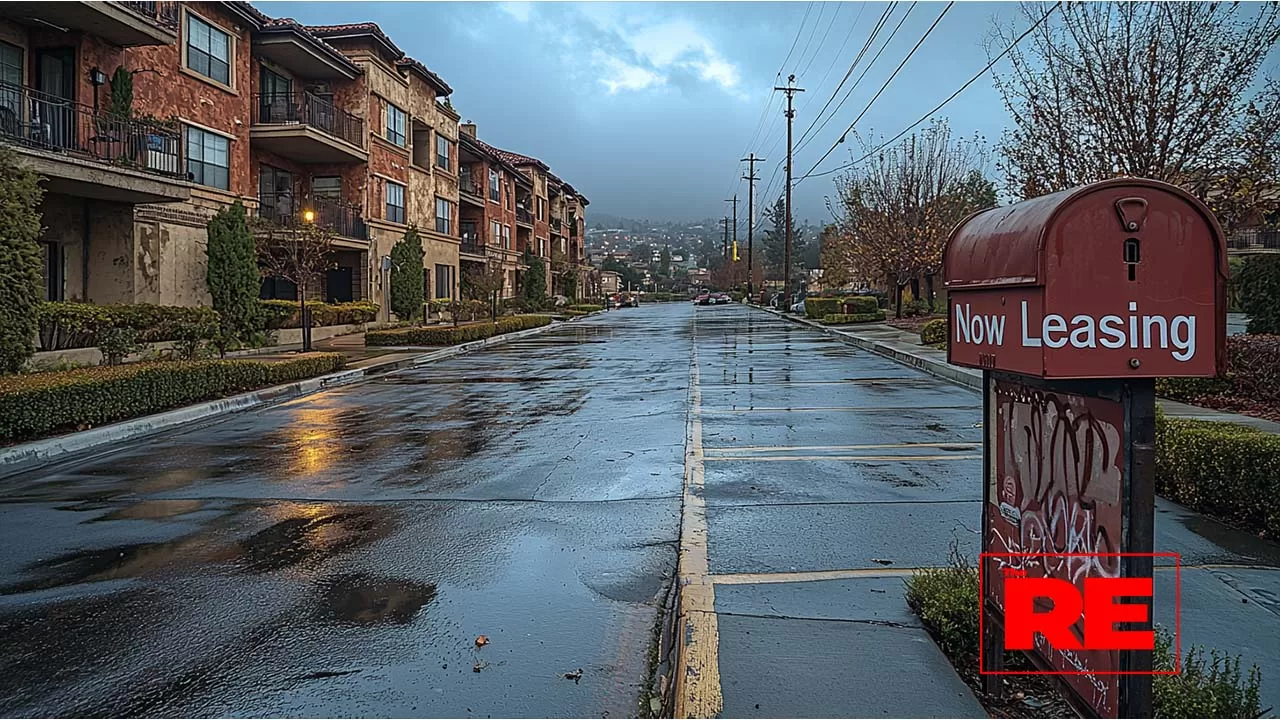

The Grocery Store Gambit: Why Food Feels Like a Luxury in America
The Ripple Effect
-News and Commentary-
The Grocery Store Gambit: Why Food Feels Like a Luxury in America
- Home
- Articles Posted by (
- Page 2 )
Share On Social
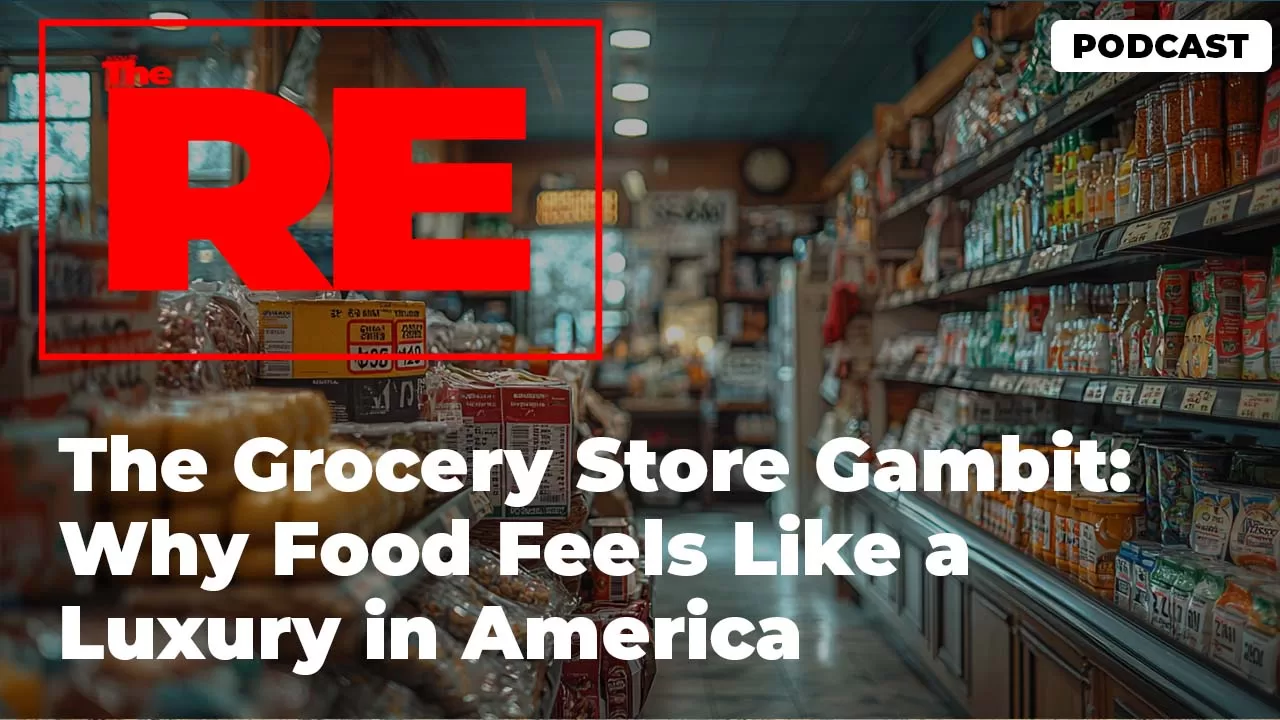
Today in The Ripple Effect, we are discussing why eating in America is starting to feel like a luxury.
Across neighborhoods, kitchen tables are shifting. Not because people don’t know how to budget but because the math just stopped making sense. Eggs are $5. Milk is pushing $6. That 99-cent ramen? $1.59 now. Food prices aren’t just rising, they’re quietly rewriting what survival looks like, especially for the middle class and working poor who never expected to have to choose between gas and groceries.
This isn’t about the usual suspects like avocado toast or “poor spending habits.” It’s about systems. About how unchecked corporate consolidation, global supply instability, and a post-COVID economy have turned the supermarket into a battleground. And for many, walking down those fluorescent aisles feels like gambling, except the only prize is making it through the week. But here’s the real kicker: while the price tags soar, wages don’t. And food pantries, once for emergencies, are now being penciled into calendars like recurring appointments. That’s the new normal.
This is not a story about inflation. This is a story about how the ability to eat with dignity became a privilege and who’s profiting from making it that way.
Let’s start with who’s feeling this the most. It’s not just low-income families, it’s working people who used to feel comfortable. The folks who didn’t think twice about a grocery run a couple years ago but now are doing mental math in the aisles. Teachers. Nurses. Parents. Seniors on fixed incomes. People with full-time jobs who are now checking unit prices like it’s survival mode because in many ways, it is.
So what’s behind the change? It’s not just inflation, it’s control. A handful of corporations dominate the food system. Kroger and Albertsons alone touch nearly 60% of the grocery market in some regions. The “Big Four” in meat—Tyson, JBS, Cargill, and National Beef—control over 80% of beef processing. PepsiCo, General Mills, and Nestlé run entire sections of the store. So when one raises prices, the others don’t compete… they match. Real competition has quietly vanished.
And we’re not just paying more—we’re getting less. Shrinkflation is everywhere. A family-size box of cereal used to weigh 18 ounces. Now it’s 14. The bag of chips looks the same, but what used to be 10 servings is now 7. They don’t say it out loud, but you’re getting charged more for less, and the difference adds up.
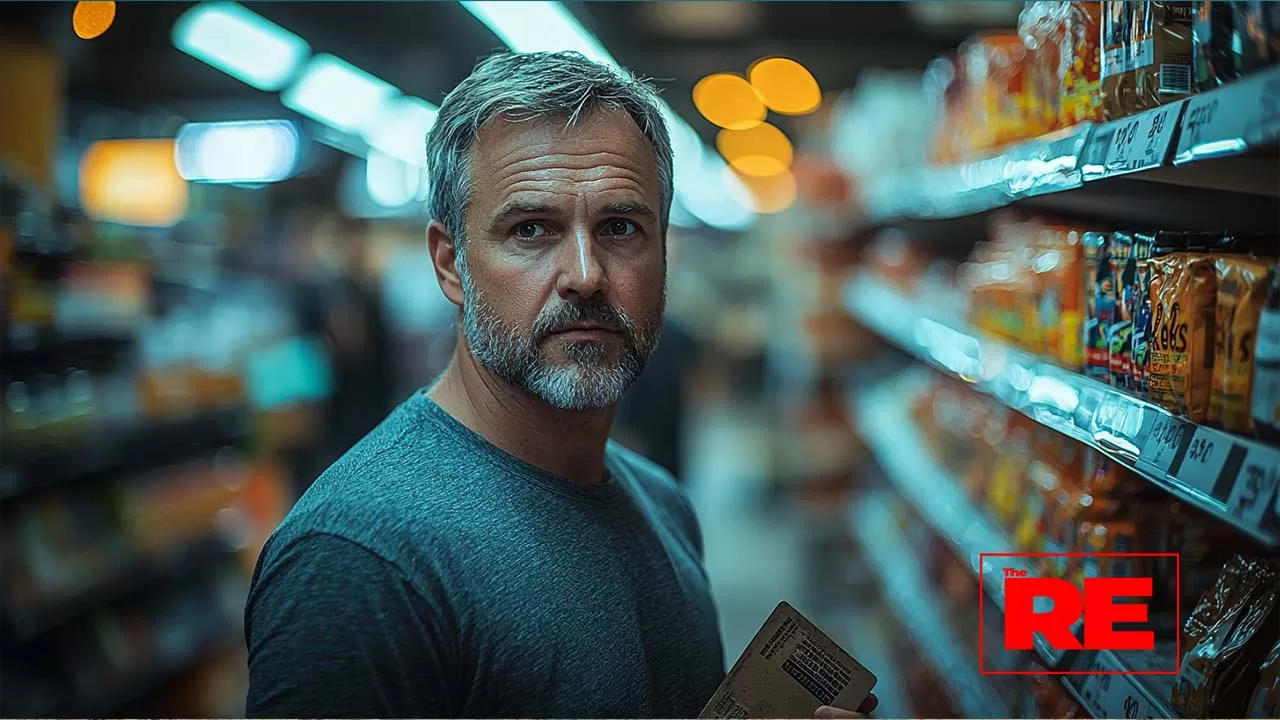

But when did this really start? COVID cracked everything wide open. Supply chains collapsed. People panicked. And in that chaos, corporations saw opportunity. Between 2020 and 2022, grocery prices jumped more than 13%. Meanwhile, food companies raked in record profits. Tyson’s net income doubled in 2021 to over $3 billion. PepsiCo made $9 billion in profit the same year and still raised prices. The excuse was supply disruption. The reality was margin expansion.
And why hasn’t this been checked? That’s the part most people miss. While the Federal Reserve targeted inflation with interest rate hikes, they left food markets mostly untouched. No federal price caps. No serious investigation into corporate profiteering. No structural change. Just statements. Meanwhile, the Department of Agriculture openly admitted that “consolidation has contributed to higher prices for consumers.”
The truth is, when eating becomes this difficult, it stops being just about food it becomes psychological. People start blaming themselves. Guilt sets in for choosing processed meals over produce. Parents cut back their portions so kids can have more. And all the while, the companies responsible are turning record pain into record profit. This isn’t just about rising prices. It’s about a system quietly shifting beneath us where access to food, something so basic, is being turned into a luxury for the sake of quarterly earnings.
So what does it actually mean when buying groceries becomes an emotional event?
It means the pressure isn’t just economic, it’s personal. It’s the single mother walking through the store with a calculator app open, choosing what her kids will have to live without this week. It’s the man in his 50s silently putting items back on the shelf because his paycheck didn’t stretch. It’s the teenager learning that frozen meals are more affordable than anything fresh. And it’s the family with two jobs and a mortgage that never expected to spend their Sunday mornings in line at the food pantry.
This is the new American food experience—not driven by choice, but by necessity.
Not shaped by appetite, but by cost.
And while all of this unfolds, the public conversation rarely goes beyond “inflation.” News anchors report price hikes like weather, just another update. Policymakers throw numbers around without ever acknowledging the real toll: the mental and emotional exhaustion of trying to eat without going broke.
Behind every quiet shopping trip is a quiet panic:
”Can I afford to feed everyone this week?”
”Will there be enough to last until Friday?”
”What corners do I have to cut this time?”
This isn’t about budgeting. People are budgeting.
This isn’t about cooking at home. People are cooking.
This is about the fact that the system doesn’t bend anymore. It only breaks and it breaks silently.
Even the language we use around food is changing. “Food insecurity” sounds clinical, distant. But what it really means is hunger. Stress. Shame. That moment when you pretend you’re not hungry because there’s not enough to go around. It’s parents skipping meals so their kids can eat. It’s neighbors trading leftovers. It’s 40 million Americans doing mental math over pasta and peanut butter.
And yet, the system that causes this isn’t under pressure—it’s thriving.
PepsiCo’s profits hit $9 billion.
Tyson Foods crossed $3 billion.
Grocery chains are merging, growing, consolidating more power while lobbying against oversight.
This isn’t scarcity. It’s design.
The ripple effect of all this doesn’t stop at the checkout line. It shows up in classrooms where kids can’t focus because they’re underfed. It echoes through hospitals treating diet-related illnesses that come from cheap, low-nutrition food. It shapes generations of anxiety around meals, money, and worth.
So what do we do with that? What happens when basic survival starts to feel optional?
That’s the question the grocery aisle is asking us now, not with signs or slogans, but with every inflated receipt and every choice we didn’t get to make. And the longer we normalize it, the more we risk baking this dysfunction into the next generation’s understanding of food, family, and fairness.
There’s no easy fix. But maybe it starts with naming the problem for what it is:
Not inflation.
Not bad habits.
Not a phase.
But a system that works exactly the way it was built, to benefit the few, and charge the rest of us for access to the bare minimum.
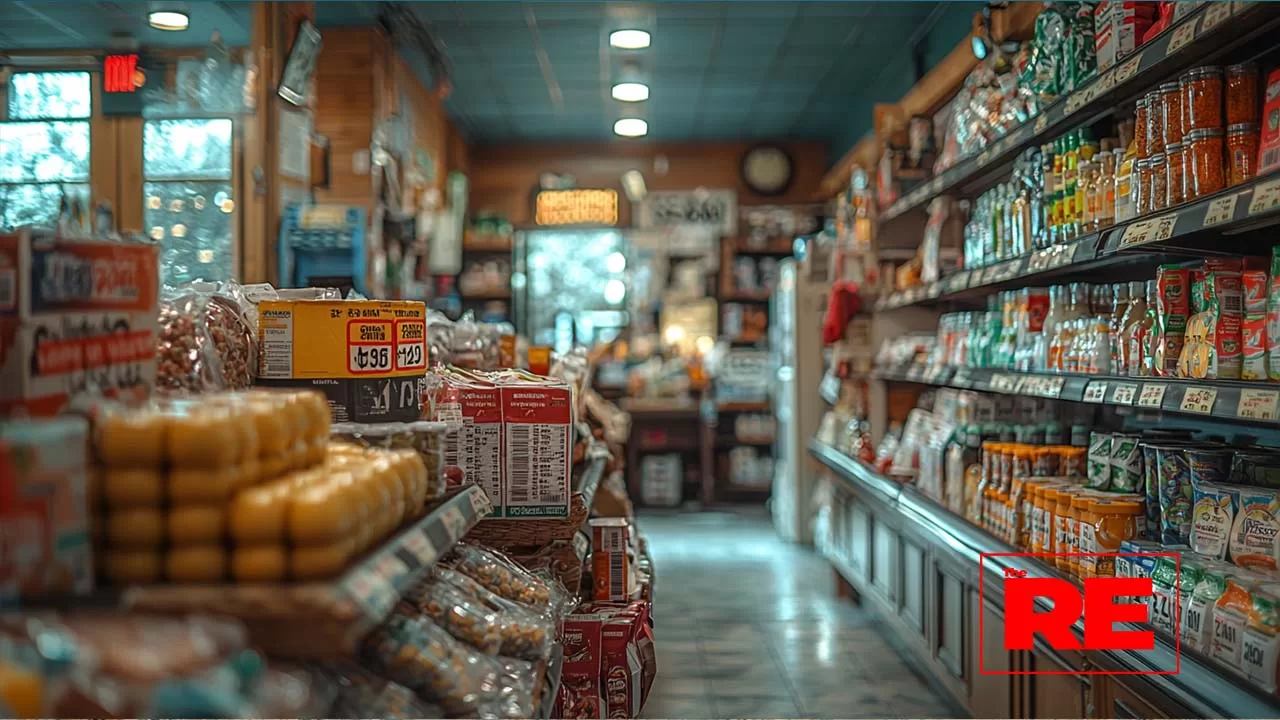

Who is being impacted?
Hardworking families. Seniors. Single parents. Anyone who used to feel stable and now feels stretched.
What is happening?
The cost of eating has outpaced wages, logic, and in some cases, dignity.
When did it start?
In the aftermath of COVID but the roots go back decades through consolidation and corporate quiet moves.
Where is this showing up?
Everywhere. Grocery stores, school cafeterias, home kitchens. It’s in red states, blue states, rural towns, and urban centers.
Why does it matter?
Because if eating is a struggle, everything else collapses with it—health, education, focus, hope. Food is the foundation, and when the foundation cracks, everything above it shakes.
And that’s the ripple.
Because what starts as a price increase becomes a mental load. A missed meal. A shorter lifespan. A new norm.
One story. One truth. One ripple at a time.
This is The Ripple Effect, powered by The Truth Project.
Manufactured Enemies
The Ripple Effect
-News and Commentary-
There’s always an enemy
That’s how the system keeps spinning.
When there’s peace, there’s no budget. When there’s unity, there’s no distraction. When there’s understanding, there’s no control. So instead of confronting the real problems, poverty, inequality, corruption, we build enemies. We shape fear into human form. Then we fund it, fight it, and feed it to the public like it’s protection.
Sometimes the enemy is foreign. Sometimes it’s domestic. Sometimes it’s just an idea. In the Cold War, it was communism. In the 90s, it was “super predators.” After 9/11, it was Muslims. In the 2010s, it was undocumented immigrants. Now, it’s anything that makes people uncomfortable, books, drag queens, TikTok, truth.
It’s not about who the enemy is. It’s about what the enemy provides: a reason to surveil, a reason to militarize, a reason to criminalize. And the scariest part is how efficient it’s become. We don’t even need full narratives anymore. A viral clip, a mugshot, a TikTok soundbite, that’s enough to justify a policy, a law, or a crackdown.
Look at how fast it happens. A single incident is broadcast out of context. A face becomes a symbol. A community becomes a talking point. Next thing you know, there’s legislation being drafted to regulate the problem you just created. This isn’t paranoia. It’s policy. It’s how Black neighborhoods became overpoliced. It’s how Muslims got added to no-fly lists. It’s how migrant families ended up in cages. It’s how LGBTQ+ youth are being stripped of healthcare, education, and basic safety.
These manufactured enemies become tools for control. They justify more cops, more funding, more surveillance. And meanwhile, the actual issues, healthcare deserts, housing collapse, climate disasters, underfunded schools, stay unsolved. Because solving problems doesn’t make money. Scaring people does.
And it’s not just government. It’s tech too. Algorithms amplify outrage. They don’t reward nuance; they reward fear. They boost content that confirms biases and demonizes difference. A Black teen dancing on TikTok gets called a gang member. A Muslim woman talking about her faith gets labeled a threat. A drag queen reading books to children becomes “groomer” propaganda. These narratives don’t come out of nowhere. They’re engineered, tested, and distributed at scale. Fear has gone viral and there’s no fact-check strong enough to stop it once it spreads.
The result is a country where people stop looking for truth and start hunting for enemies. We’ve got folks policing books in schools while corporate landlords jack up rent. We’ve got governors banning drag shows while their states fall apart from environmental neglect. We’re arguing about flags in classrooms while hospitals are closing in poor neighborhoods. That’s not a coincidence. That’s distraction by design.
In this article, we’re going to break down how manufactured fear props up American politics. We’ll look at how enemies are shaped in real time through media, technology, and political language. And we’ll ask: if fear is the product, who’s making the profits? And how do we stop a system that’s addicted to its own panic?
Manufacturing an enemy isn’t a glitch in the system, it’s the business model. Politicians, media outlets, and corporate giants all benefit when a population is divided, distracted, and constantly reacting. When there’s a villain in the headlines, nobody has to talk about stagnant wages, corrupt institutions, or wealth inequality. Instead, we talk about the “crisis” at the border. The “crime wave” in the cities. The “indoctrination” in schools. It’s the oldest trick in the American playbook, create a problem, promise a solution, expand your power.
And the people who suffer most are the ones who’ve already been surviving in systems built to break them. Black families. Migrant workers. Disabled communities. Queer youth. Low-income mothers. People who never asked to be on anyone’s front line, but end up there because they’re easy to frame, easy to blame, and rarely defended once the media cycle moves on.
The impact of all this isn’t just policy. It’s psychological. You start to internalize the suspicion. You watch your words. You lower your voice. You stop applying for jobs. You stop voting. You stop dreaming. Because the world has already decided what you are—and it’s not “one of us.” It’s “one of them.”
Let’s cut to the core: America needs enemies to survive. Not literal enemies—not always. But enemies in principle. In politics. In culture. The country needs something to point at so it doesn’t have to look in the mirror. Because if people ever stopped fighting fake wars, they’d start asking real questions. Questions about wealth. About race. About who built what and who pays the price. And the machine can’t afford that.
So it feeds the people villains.
And when it runs out, it builds more.
Sometimes those enemies are activists. Sometimes they’re immigrants. Sometimes they’re working-class Black mothers, labeled “welfare queens.” Sometimes it’s the poor white drug user turned into a “zombie” on the news. Sometimes it’s drag queens. Or trans kids. Or undocumented fathers. Whoever’s easy to target, easy to isolate, easy to erase.

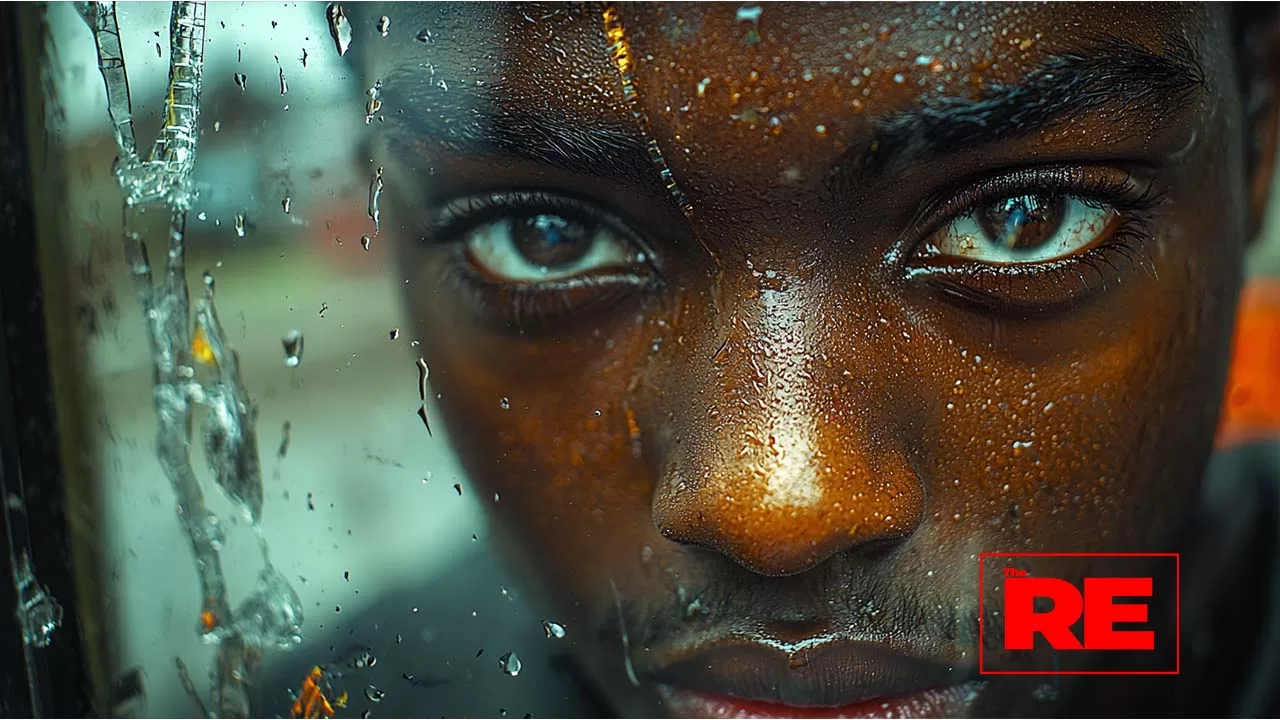
What makes it worse now is the speed. Back in the day, manufacturing an enemy took work—pamphlets, speeches, newspapers, months of buildup. Now it takes one out-of-context video, one viral tweet, one lie repeated often enough. The algorithm doesn’t care if it’s true. It only cares if it spreads. And when it spreads, the system moves in behind it: policy, police, profits.
You see it in the budgets. Military budgets go up every time we create a foreign enemy. Police budgets grow every time “crime” becomes the headline even when crime rates are down. Private prison stocks spike during moral panics. Media ratings skyrocket when a new villain is introduced. It’s all part of the same play. Invent the threat. Frame it as urgent. Promise protection. Rinse. Repeat.
And that protection? It never really comes. Not for the people. It comes for the rich, for the powerful, for the owners of the narrative. Meanwhile, the rest of us get locked down, watched, or labeled.
What makes this moment dangerous is how bored the public has gotten. We’re numb to crisis. Desensitized to violence. Conditioned to accept policies that would’ve sparked riots a generation ago. It’s not just that enemies are being manufactured it’s that we’ve learned to live with it. To scroll past it. To vote for it. To stay quiet so it doesn’t land on us next.
But here’s the thing: if the system needs enemies to keep functioning, then the only way to break the system is to refuse to play the game. That means resisting the urge to fall for easy narratives. That means asking better questions. That means calling out the lie—even when it’s convenient. Especially when it’s convenient.
So let’s close with the 5Ws. Not where we’ve been, but where this goes next.
Who needs to care?
Anyone who’s ever watched the media paint someone who looks like them as a threat, a burden, or a statistic.
What’s next?
If we keep letting fear define who belongs, the list of enemies will only grow, until nobody’s safe but the people writing the list.
When will it matter again?
The next time a politician says, “They’re the reason you’re struggling.” The moment they point fingers instead of offering solutions.
Where’s it headed?
Into every classroom, courtroom, and living room. Into policy and policing. Into minds that grow up thinking some people just don’t deserve peace.
Why is it bigger than it looks?
Because enemies aren’t just born—they’re made. And if you don’t stop the machine that makes them, eventually, it’ll come for you too.
One story. One truth. One ripple at a time. This is The Ripple Effect, powered by The Truth Project.
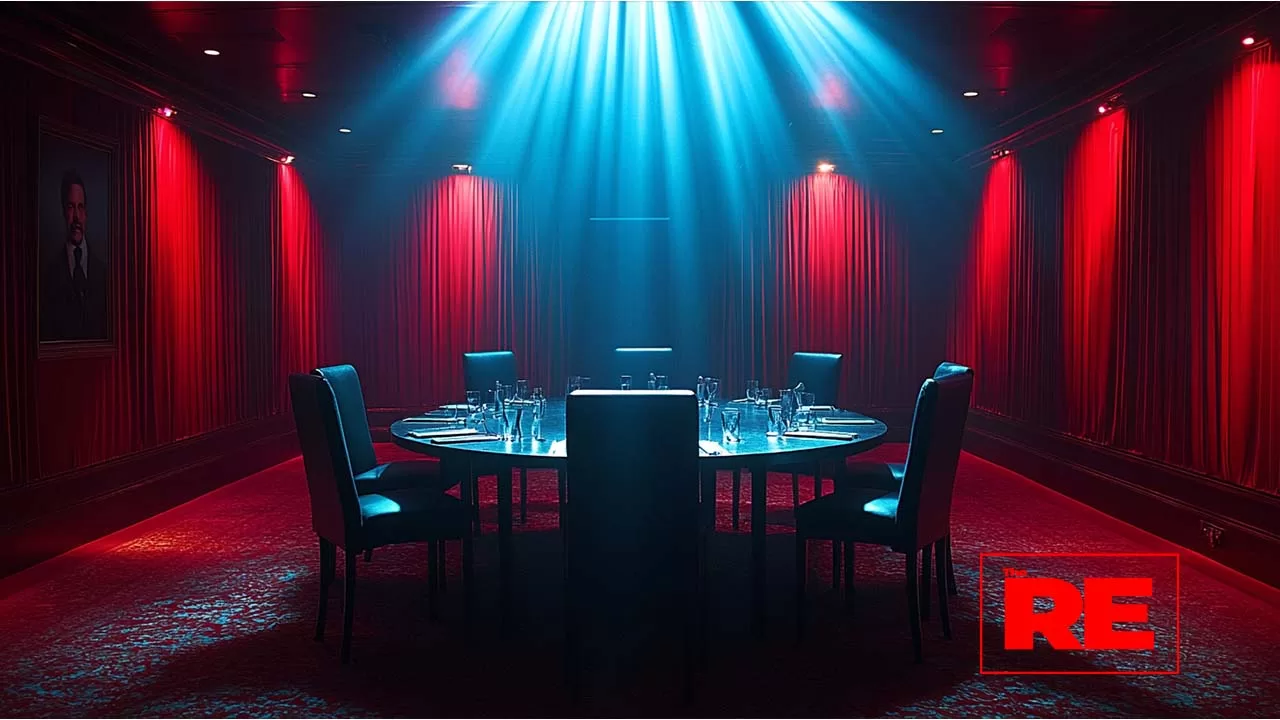
Red, White, and Targeted
The Ripple Effect
-News and Commentary-
Every era in America has had an enemy. Sometimes it’s clear, foreign governments, terrorist groups, opposing armies. But more often, it’s someone closer. A neighbor. A stranger. A face that doesn’t match the majority. The country needs fear to function; it needs a villain to justify the systems we’ve built.
Right now, that villain shifts shape every few months. It might be the immigrant. It might be the protestor. It might be the trans student. And when fear gets too thin to hold the spotlight on one group, we just stack them on top of each other and call it a “culture war.” But if you peel it back, it’s not really about culture. It’s about permission. Who gets permission to speak, to live, to rest, to resist.
And the fastest way to deny that permission is to rebrand those people as enemies of the state.
We’ve seen this before. Japanese internment. COINTELPRO. The war on drugs. The war on terror. And now, with social media algorithms and hyper-polarized politics, the targets are easier to find and harder to defend. Because now, it’s not just about who gets called dangerous; it’s about who gets forgotten after the headlines fade.
We’re going to look at how fear has been used to sell surveillance, justify crackdowns, and keep certain communities in a permanent state of defense. We’ll trace the evolution of American scapegoats, from red scares to Black radicals to Latinx migrants, and how the definition of “enemy” keeps expanding. Most importantly, we’ll ask: if they can make you the enemy, how long before your rights disappear with you?
Let’s break this down clearly: fear in America is more than just an emotion, it’s a currency. And politicians know how to spend it. Right now, fear is being weaponized to pass laws, silence dissent, and sell patriotism that only fits certain bodies. It’s how states justify banning books. It’s how cities justify overpolicing. It’s how school boards get away with erasing entire chapters of history because once someone’s been branded as dangerous, anything done to them starts to look like protection.
Think about how we talk about crime. Not just in headlines, but in algorithms, in talking points, in the way stories are framed. Crime becomes this floating specter that always seems to land on the same kinds of neighborhoods, the same kinds of faces. It’s not by accident. It’s by design. Look at how fast certain cities deploy military gear when a protest is Black-led, but keep it tucked away when the angry crowd is white and waving flags. That’s not enforcement, that’s narrative.
And the narrative always needs a target.
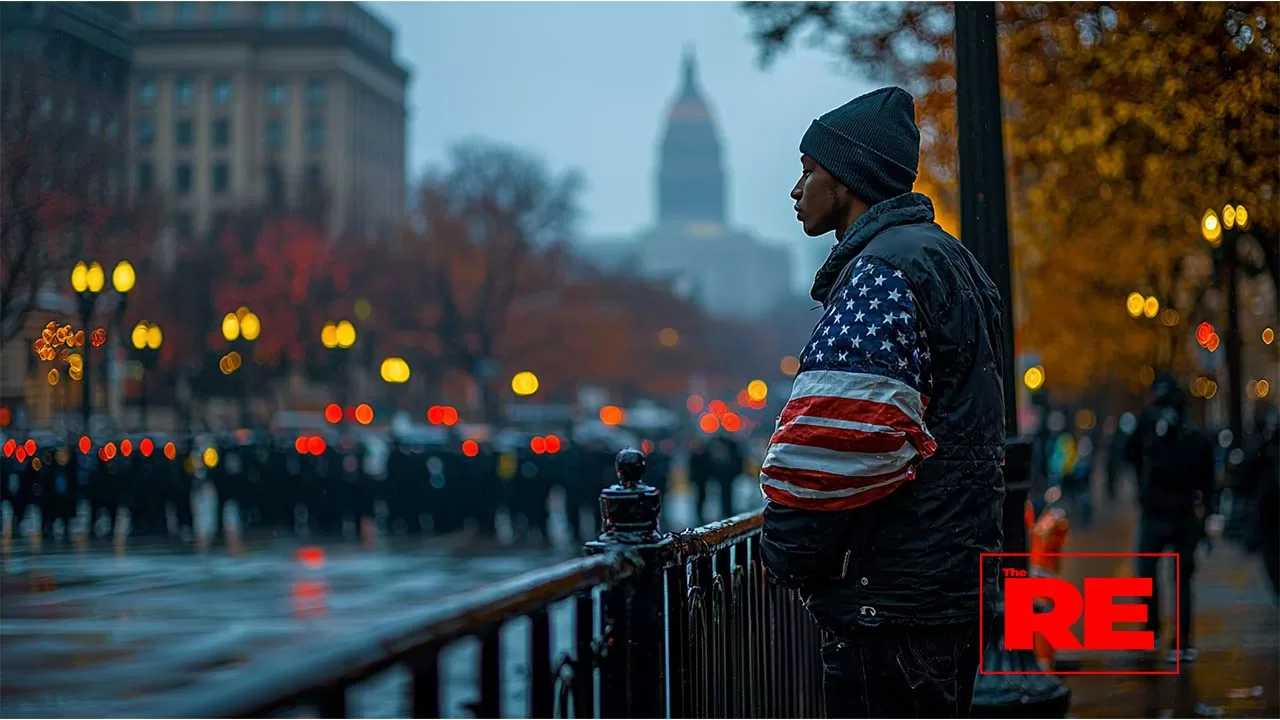
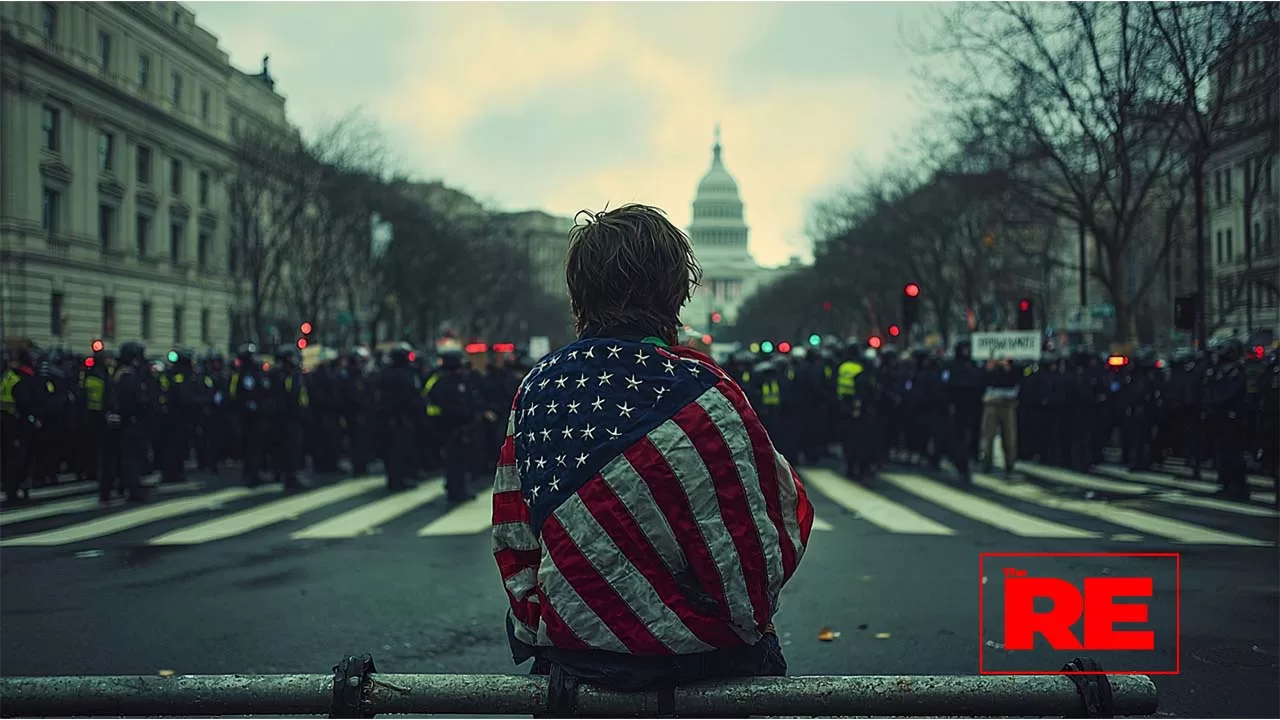
After 9/11, it was Muslims. After Ferguson, it was Black activists. During COVID, it was Asian Americans. Now it’s trans kids, migrants, and anyone who challenges the version of America that gets played on Fox News between car commercials. Fear isn’t just guiding policy, it’s shaping identity. Because once a group gets labeled as “a threat,” you can justify anything: more cops, less rights, silence in the name of safety.
This isn’t just abstract. This is lived. Families being watched. Kids being followed. Teachers being fired for teaching truth. Organizers being added to databases. The Patriot Act never went away, it just changed costume. Facial recognition software is being used in subways. Social media is being scraped by police departments. ICE is sharing data with Amazon Web Services. The same systems we thought were about convenience are now being used for surveillance, and it’s the same communities that always end up overexposed and under-protected.
The impact is that people no longer feel safe being seen. They lower their voice when speaking a second language. They avoid the doctor because of paperwork. They delete posts. They stop protesting. That’s not freedom. That’s fear management. It’s how you turn a democracy into a watchlist. It’s how you teach people that survival means silence.
And what’s most dangerous is how we’ve been taught to accept it. Wrap it in the flag. Say it’s for the children. Call it tradition. Blame the other side. We’re so busy yelling at each other over culture wars that we don’t see the infrastructure of control being built underneath us. And once it’s there, it’s not going away quietly.
Because this isn’t about one law, one group, or one president. This is about how easy it is to lose your rights when someone else gets to decide you’re a threat.
Here’s what nobody wants to admit, fear has always been America’s favorite tool. Not unity. Not justice. Not progress. Fear. Fear sells the war. Fear justifies the budget. Fear gets you to click the headline, support the crackdown, question the protest. And the beauty of it, for the people in power—is that it doesn’t have to be accurate. It just has to be loud.
Once someone becomes the villain in a national narrative, they lose access to compassion. They stop being human and start being data. They’re “illegals.” They’re “thugs.” They’re “gender ideology.” And it doesn’t matter how wrong it is. Once the public buys the fear, the state gets a blank check.
And that check keeps cashing. Because fear builds institutions. It built internment camps. It built stop-and-frisk. It built “zero tolerance” immigration raids. And now it’s building bans on teaching Black history. Bans on trans athletes. Bans on drag shows. Surveillance on Muslim mosques. Harassment of asylum seekers. Criminalization of homelessness. We are watching targeted fear become national policy; one headline at a time.
What’s even more sinister is how we wrap it in patriotism. The flag doesn’t just wave; it distracts. It tells the public, “We’re doing this for your safety.” And if you question it, you’re “un-American.” The same flag that flew over Japanese internment camps flew over the Capitol on January 6th. That’s not an accident. That’s the duality baked into our national identity, freedom for some, control for the rest.
We’ve been trained to believe that dissent is dangerous and obedience is noble. And now we’re watching a generation of kids grow up with their rights limited before they even understand what rights are. Trans kids. Immigrant kids. Black kids. Kids with undocumented parents. Kids in neighborhoods being swallowed by gentrification. They’re being taught, very early, that visibility is risky. That truth is controversial. That identity is something to be monitored.
And that’s the real cost of living in a fear-based nation. Not just the policies. Not just the politics. But the culture that says you are not safe unless you are silent. That teaches people to swallow their voice just to survive.
So let’s break it down—the 5W’s. The forward-facing truth.
Who needs to care?
Anyone who’s ever been seen as “too loud,” “too different,” or “too much” for the system they live in.
What’s next?
As fear gets normalized, the targets get broader. First it’s immigrants. Then it’s queer folks. Then it’s books. Eventually, it’s you.
When will it matter again?
The moment a new tragedy is exploited for control. The next time someone weaponizes a crime or a headline to justify a crackdown.
Where’s it headed?
Into classrooms, libraries, courtrooms, social media, and your own data history. Fear doesn’t stop. It multiplies.
Why is it bigger than it looks?
Because once enough people believe the threat is real, the state doesn’t need proof to act. It only needs permission. And fear gives it every time.
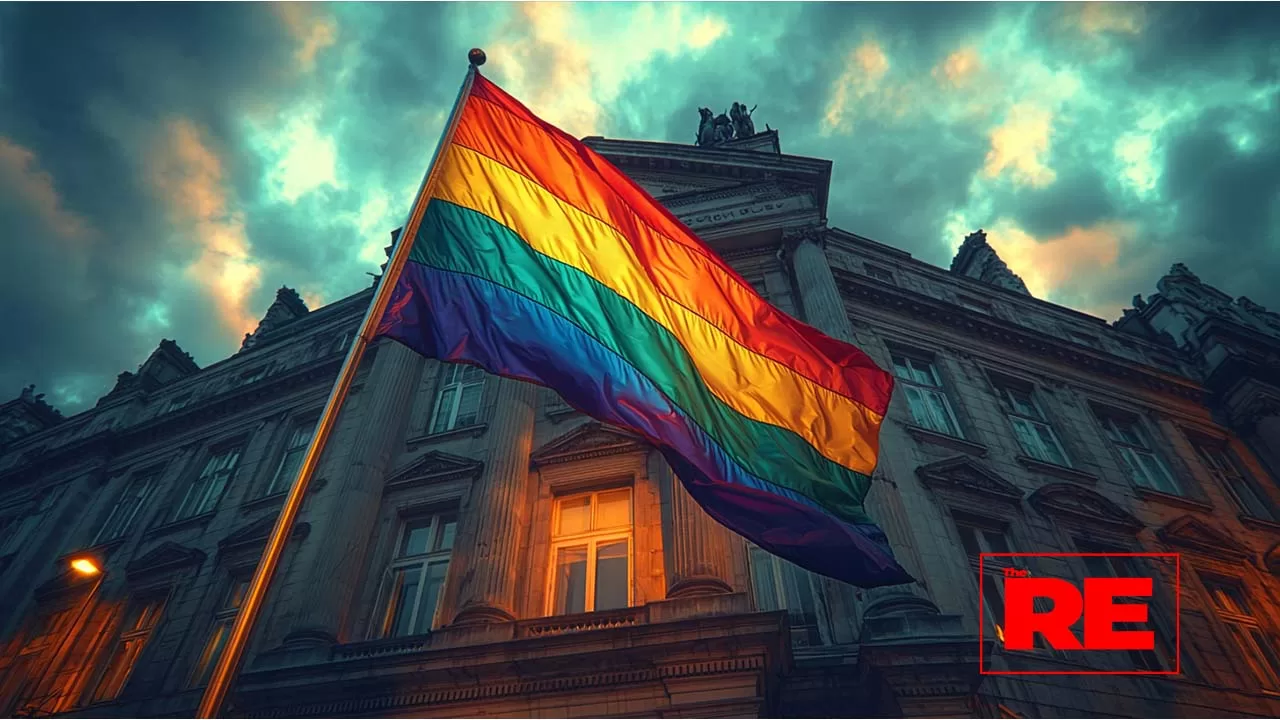
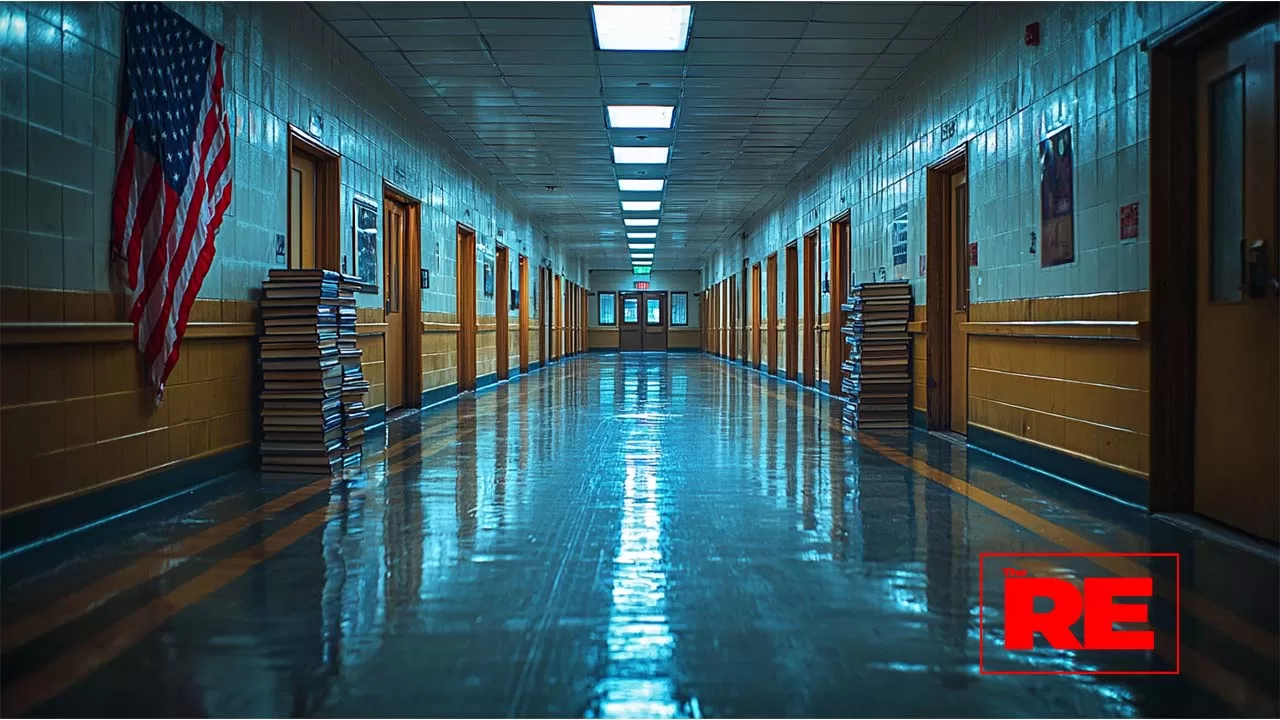
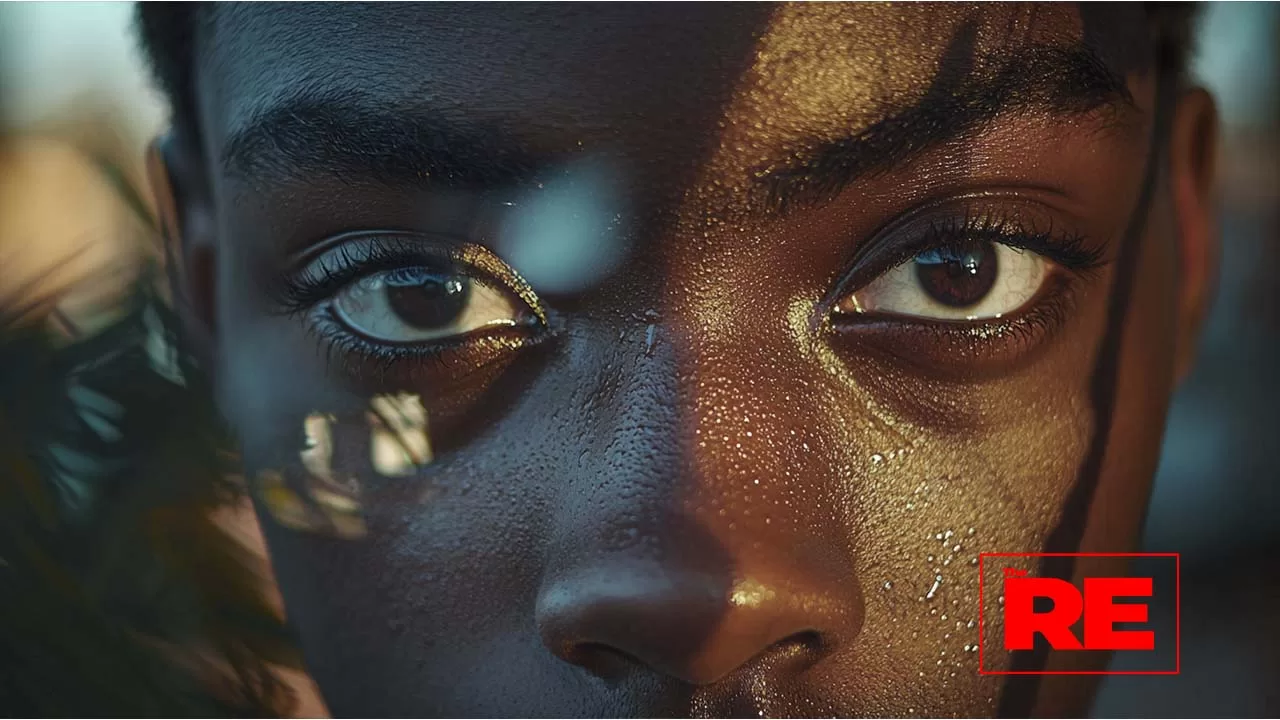
One story. One truth. One ripple at a time. This is The Ripple Effect, powered by The Truth Project.
The War on the Fourth of July – How Trump’s Policies Are Rewriting Freedom
The Ripple Effect
-News and Commentary-
The War on the Fourth of July – How Trump’s Policies Are Rewriting Freedom
- Home
- Articles Posted by (
- Page 2 )
Share On Social
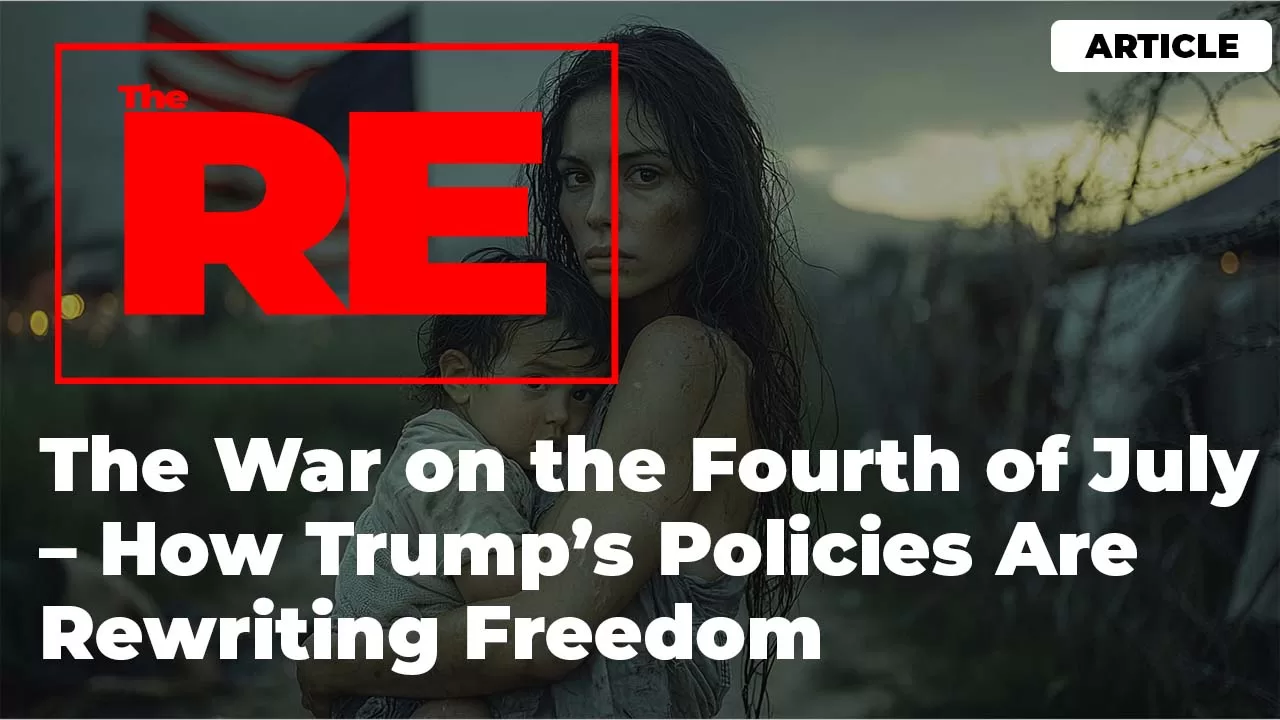
Today in The Ripple Effect, we are discussing a war that isn’t fought with bombs or bullets, but with paperwork, executive orders, and press conferences dressed in patriotism. It’s not overseas, it’s right here, disguised behind flags and fireworks, happening while most of the country is too distracted to see it.
Every year, the Fourth of July rolls in like clockwork; we fire up grills, light up the sky, and sing about freedom, meanwhile, the government quietly signs off on new laws that target the very people who still have to fight for a place in that freedom. This year, it’s immigrants again. In April, Donald Trump laid out a fresh batch of policies aimed at fast-tracking deportations, limiting asylum protections, and expanding detention infrastructure. The justification, as always, is safety; security; American values. But we’ve heard that language before different decade, different group, same playbook. Back in the early 1900s, Black Americans were lynched for succeeding, locked out of land ownership, and written out of the legal system entirely. They were citizens in name but treated like strangers in their own country. And now, we’re watching it happen again; this time, it’s Latin Americans and asylum seekers. The system is using the same fear tactics, the same language, the same machinery; just with a new target.
This article draws the line from then to now, connecting what’s happening at the border to what’s been happening inside America for centuries. This is not a new crisis, it’s a repeat. We’re going to unpack how these new policies mirror the tactics used to suppress Black mobility during Jim Crow, how freedom in this country has always come with conditions, and how quickly the definition of “outsider” can change when power decides it’s time. Because let’s be honest if Trump could find a way to repackage that same strategy and aim it at Black folks again, he would. That’s not paranoia. That’s historical consistency.
Let’s start with what’s actually happening. Trump’s platform for immigration going into this election cycle is built on detention, restriction, and speed. That’s the formula. His plan includes mass deportations without court review, shutting down the asylum process as we know it, and expanding the use of military and local police to round up undocumented people. It’s not just a pivot from Biden, it’s a full return to the harshest elements of Trump’s first term, but supercharged. What’s different now is how normalized it’s all become. Back in 2016, people still had the energy to be shocked. In 2024, after years of constant chaos, it’s just one more headline. That’s what makes it more dangerous. The outrage fatigue is real, and the system knows it.
But this isn’t just about policy. It’s about positioning. The idea is to make immigrants, especially poor, Latin American immigrants look like a threat to American stability. Trump’s rhetoric isn’t subtle; it’s not meant to be. It’s designed to divide. He uses phrases like “invasion,” “flood,” and “disease,” which trigger panic, not logic. He paints these people as the reason everything is expensive, unsafe, and unstable. And it works. It always has. Back in the early 20th century, Black Americans were framed the same way as threats to jobs, to purity, to the moral fabric of the nation. Entire towns were burned to the ground over rumors. Laws were built around that fear. And now, the same type of language is being recycled and pointed at a new group.
There’s also the matter of infrastructure because this isn’t just about executive orders. It’s about what kind of country you’re building when no one’s paying attention. Detention centers didn’t just appear under Trump. They’ve been expanding for decades under both parties. The difference is, Trump’s unapologetic about it. He doesn’t pretend it’s temporary. He treats it like a permanent feature of American governance. And if these policies take root the way they’re being planned, they won’t just affect undocumented folks trying to cross the border. They’ll reach into cities, schools, hospitals, and housing authorities. It won’t just be ICE. It’ll be local police. It’ll be landlords. It’ll be employers. That’s how suppression works it starts with borders, then seeps into every crack of daily life.
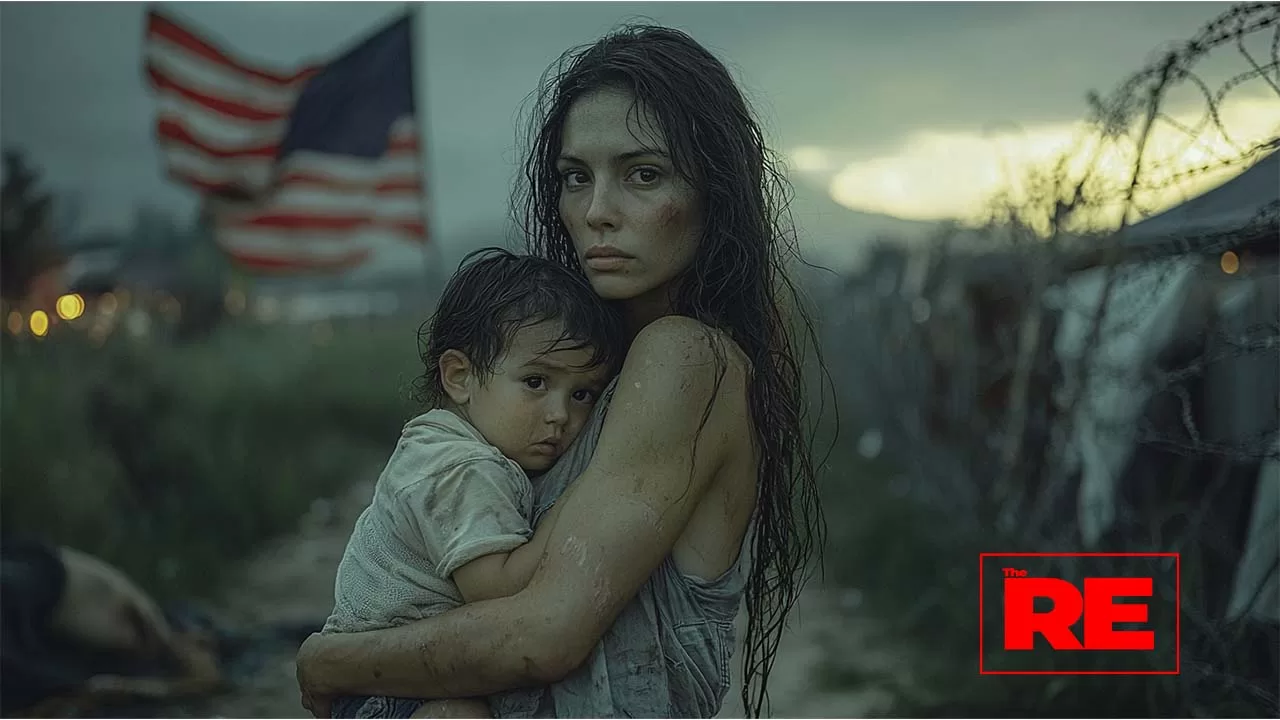

And the impact? It’s already happening. Families separated with no way to reunite. Legal residents afraid to renew paperwork. Kids in detention. Entire communities walking on eggshells because one wrong move means disappearance. And it doesn’t stop there. The psychological toll is generational. When you grow up in a country that teaches you your presence is conditional, that your freedom is borrowed, it shapes how you see everything school, work, home, yourself. The last time we saw this level of dehumanization institutionalized this aggressively, it was aimed at Black people. And we’re still dealing with the aftermath of that now.
This isn’t just about 2024. It’s about what kind of country America is building for 2030 and beyond. Who gets to live freely? Who has to justify their presence? And how long until that list of “outsiders” gets expanded again?
Here’s the part people don’t want to say out loud this isn’t just immigration policy; it’s a control experiment. It’s a way to test how far the system can push before the country pushes back. And right now, the answer seems to be: not very far. The media covers it like it’s just another political difference. Immigration reform. Border security. Public safety. But those aren’t policies; they’re camouflage. They’re language used to mask what’s really happening: an organized effort to shrink the definition of who gets to be safe, who gets to be free, and who gets to even be here at all.
Trump’s entire strategy isn’t just to arrest people; it’s to make people disappear. Quietly. Without headlines. Without trials. With no appeals. And the scariest part is how fast the public adapts. Every time the government normalizes something extreme, it becomes part of the background noise. First it was kids in cages, then it was family separation, then it was Title 42. Each one shocked people for a minute. Then it faded. Because distraction is part of the system too. Keep people entertained, outraged, overwhelmed. Keep the cycle moving. Keep the ripple small so nobody sees the wave until it hits them.
And look—if you’re Black in America, you already know how this script goes. You don’t need a civics class to know what happens when the state wants to erase you. You’ve lived it. You’ve seen the laws bend around your existence. You’ve watched the system act like your rights are a technicality. What’s happening to immigrants now? That’s a rerun. It’s Tulsa with cameras. It’s COINTELPRO with better branding. It’s the old game, just with a different accent.
What scares me most is this: if they ever figure out how to make it look clean again, they’ll come back for us too. If they can build an infrastructure where rounding people up is easy, where “undesirables” can be labeled algorithmically, where the public accepts it as routine, then it’s only a matter of time before that net gets wider. You think it’s just undocumented folks? Wait till it’s protestors. Or journalists. Or anyone who doesn’t “fit” the new narrative of what an
American should look like. That’s not fear-mongering. That’s how power works. That’s how America has always worked when nobody checks it.
And don’t give too much credit to the left either. Democrats love to campaign on inclusion, but when the budgets drop, those same “inclusive” leaders still fund ICE, still expand surveillance, still hand out government contracts to the same companies building cages. It’s not a red or blue issue, it’s a system issue. One party builds the machine. The other one keeps it running.
What makes this moment different is the stakes. This isn’t a symbolic debate. This is policy with real teeth, policy that tears apart families, instills generational trauma, and locks people out of life before they even get a chance to live it. And it’s happening in a country that loves to pretend it’s the land of the free. That’s the cruelty of it. Not just the violence, but the gaslighting. The fireworks and speeches while people sit in detention two miles from the stage. The flags waving while children cry in places they were never supposed to be. The illusion of freedom sold at full price while entire communities are told they don’t qualify.
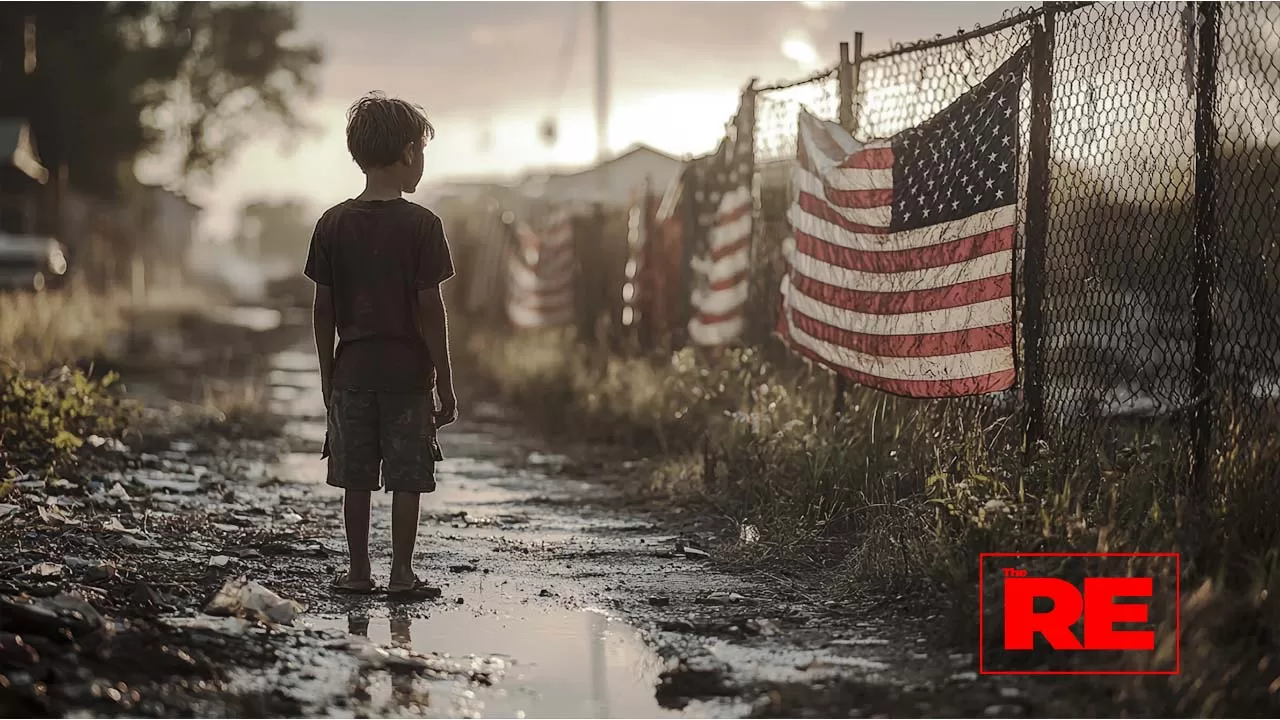
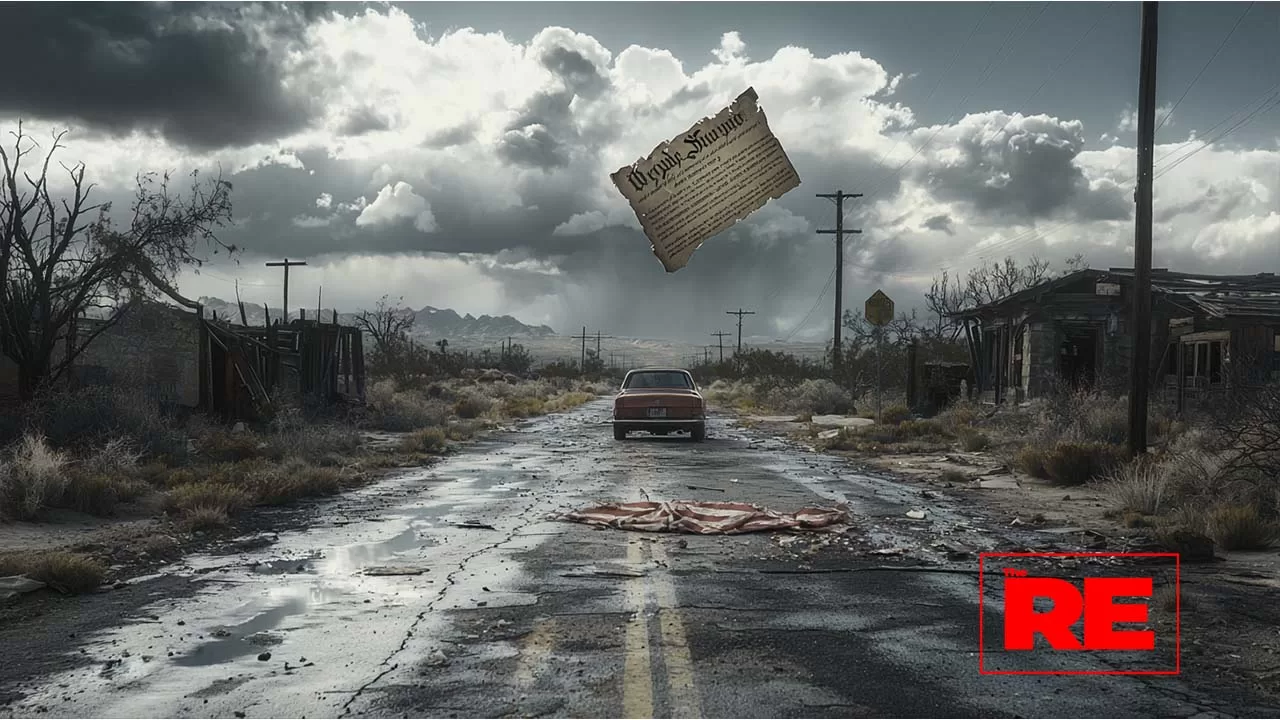
So here’s where we land—one more time, through the five W’s that matter most:
Who needs to care?
Anyone who thinks freedom is only real if it’s shared. Anyone who knows that today’s target could be tomorrow’s scapegoat.
What’s next?
If Trump wins, it’s not just about enforcing harsher immigration policy—it’s about redefining what America is. He’s laying groundwork, not finishing a chapter.
When will it matter again?
Every time you see a new face added to the list of “problems.” Every time a protest is criminalized. Every time a group is blamed for a system’s failure.
Where’s it headed?
A surveillance state built on silence and fear. A country that looks at freedom like a membership tier—basic, premium, exclusive.
Why is it bigger than it looks?
Because this isn’t just about immigrants. It’s about control. And once the machine is built, it doesn’t care who it rolls over next.
One story. One truth. One ripple at a time. This is The Ripple Effect, powered by The Truth Project.
Silent Poison: The Hidden Crisis in America’s Food Supply
The Ripple Effect
-News and Commentary-
Silent Poison: The Hidden Crisis in America’s Food Supply
- Home
- Articles Posted by (
- Page 2 )
Share On Social

The food system did not get here by accident. It was built, piece by piece, deal by deal, policy by policy. It was built by companies that saw food not as nourishment but as a supply chain. It was reinforced by government agencies that were supposed to protect the public but instead protected the market. It was shaped by a culture obsessed with convenience, with speed, with shelf life over real life.
And now it is killing us. Quietly. Legally. At scale.
We wonder why chronic illness is rising. Why allergies are exploding. Why so many kids carry inhalers, epi pens, and diagnoses their parents never knew as children. Why so many adults feel tired all the time, inflamed, foggy, overweight despite trying everything. Why cancer hits younger. Why gut issues are now normalized. It is not just genetics. It is not just luck. It is what we are putting in our bodies day after day, year after year, masked by words like fortified and enriched and USDA approved.
Follow the money. Look at who funds the nutrition research. Look at who lobbies for looser pesticide rules. Look at who gets the government contracts for school lunches. It is not small farms. It is not unbiased scientists. It is food conglomerates with marketing teams and political connections. It is chemical manufacturers that rebrand their image every ten years but keep selling the same toxins under different names.
And here is the part no one wants to say out loud: the system is not just broken, it is working exactly as intended. Because profit depends on volume. And volume depends on long shelf life, global transport, uniform appearance, and addictive taste. That kind of food does not come from nature. It comes from labs. From formulas. From patented molecules and engineered crops that keep you coming back while slowly wearing you down.
And when you do get sick? The system is ready. The same corporations that dominate food supply chains also have investments in pharmaceuticals. The same policy networks that keep toxic additives legal are often linked to insurance lobbyists and hospital networks. It is all connected. A loop where the food makes you sick, the medicine manages your symptoms, and the cycle keeps spinning.
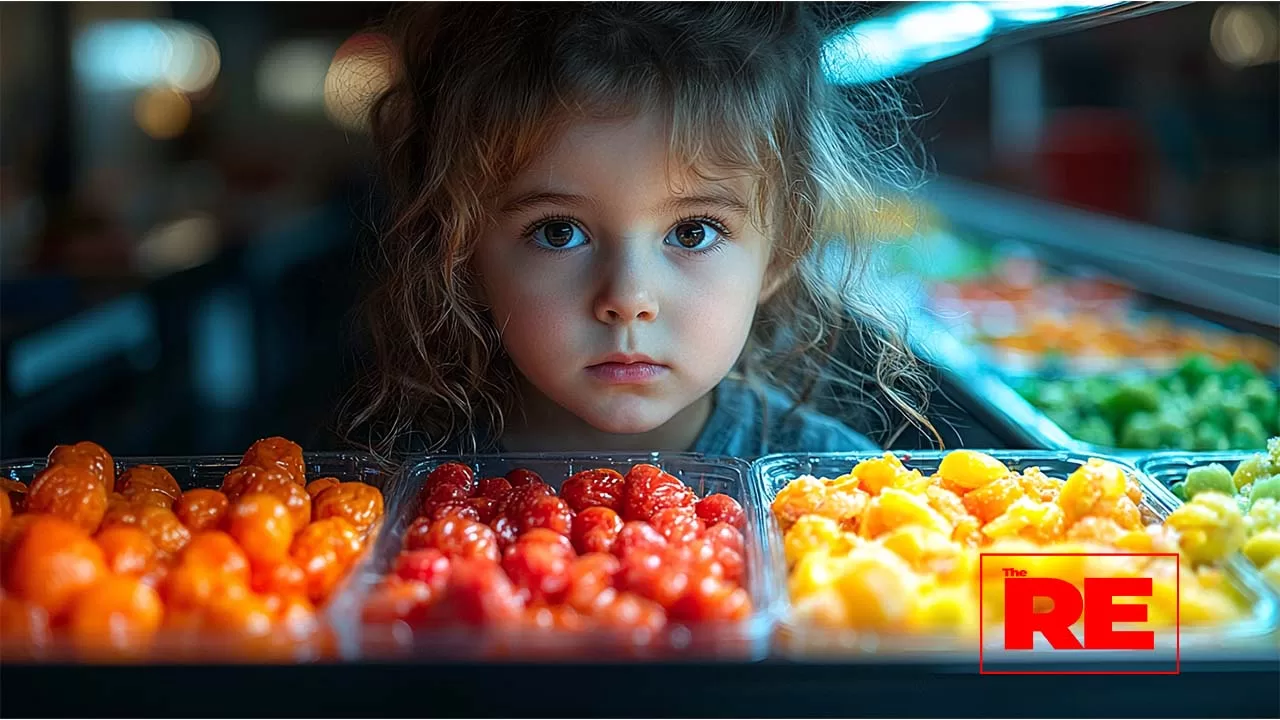
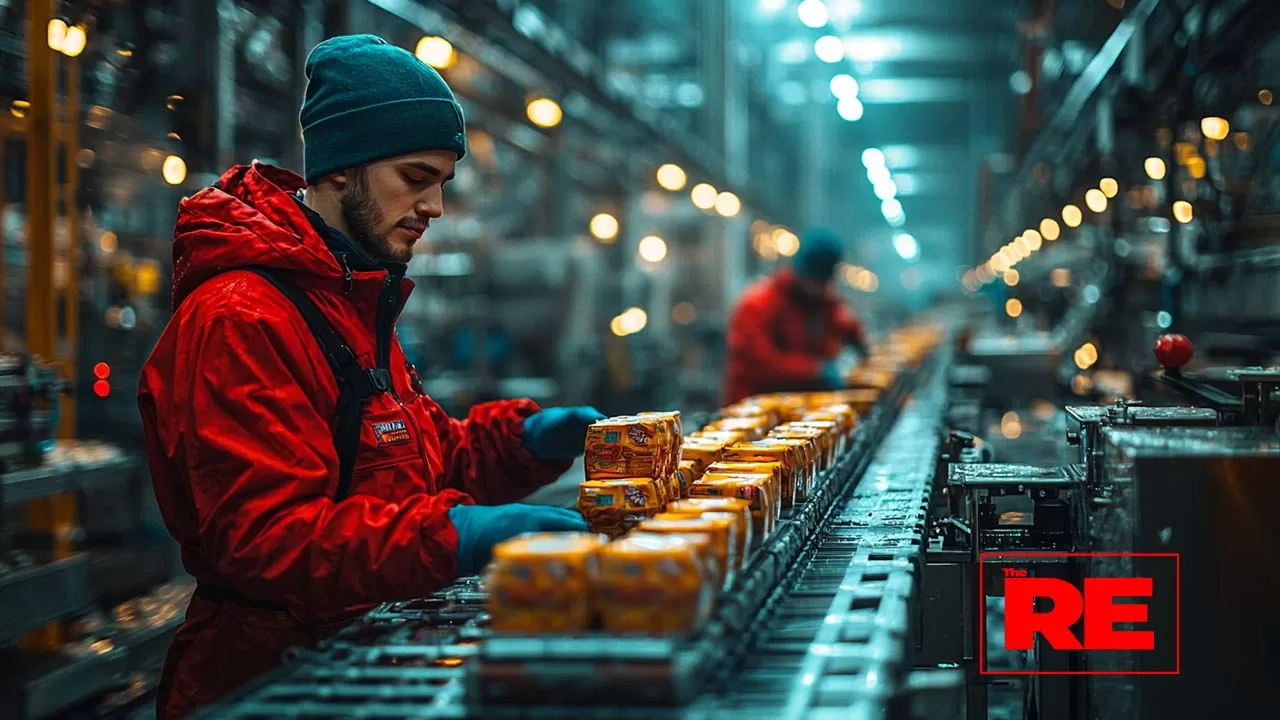

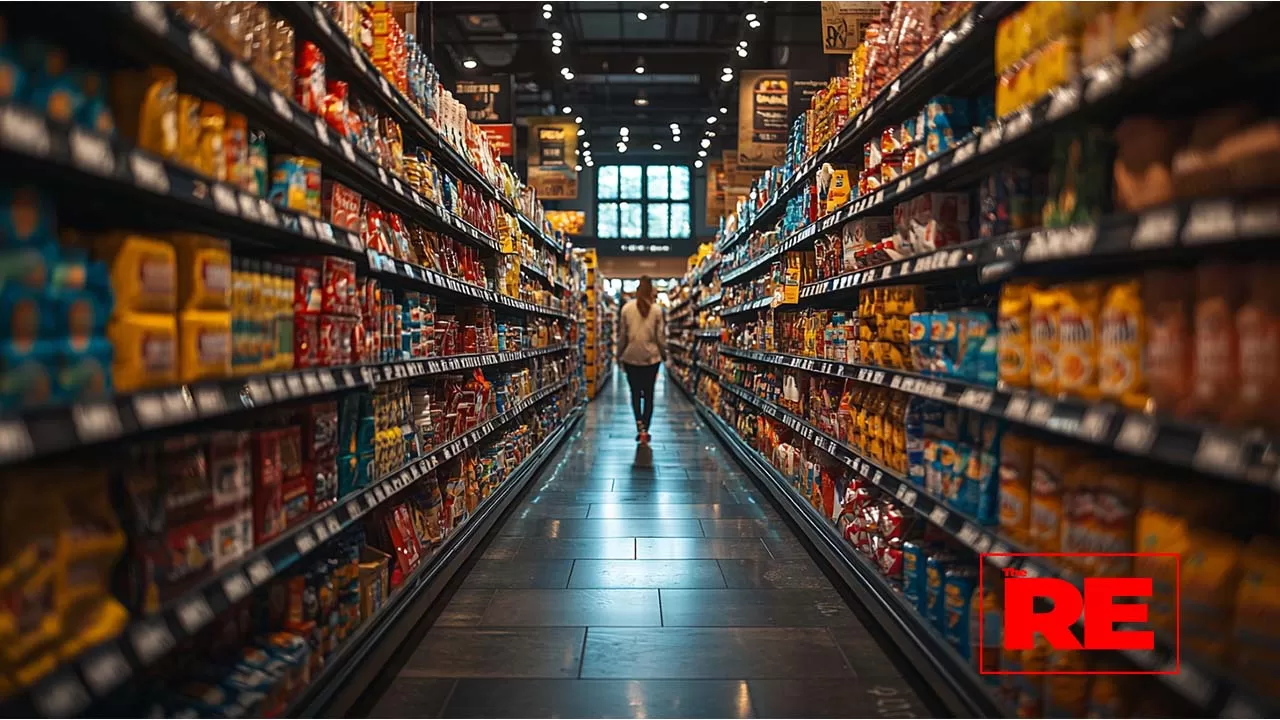
They tell us the food is safe. That the shelves are full. That we live in a country where abundance equals security. But they never tell us what’s inside the food. They never show us the deals made behind closed doors. They never admit how much of what we eat has been altered, coated, laced, and approved by agencies more loyal to lobbyists than to health.
This is not a conspiracy. It’s policy. It’s deregulation dressed as efficiency. It’s loopholes hidden inside technical language. And it’s making people sick, slowly, silently, and legally.
In America, we treat food like a product instead of a system. We do not ask what it does to the body long term; we ask how long it can sit on a shelf without going bad. We do not prioritize nourishment; we prioritize profit. And so what ends up in our pantries, our school lunches, and our hospital trays are foods engineered to survive transport, not sustain life.
Chemicals banned in other countries are used here as flavor enhancers. Coloring agents linked to hyperactivity are sold in products made for toddlers. Preservatives that disrupt hormones, emulsifiers that damage gut lining, sweeteners tied to metabolic disorders, all legal. All approved. All over the place.
And it’s not just processed food. It’s everything. Fruits sprayed with pesticides that are known neurotoxins. Meats pumped with antibiotics and growth hormones. Grains laced with glyphosate. Dairy filtered through chemical-lined machinery. Even the water used in farming can carry heavy metals from nearby industrial sites. The poison isn’t on the edge, it’s woven into the middle.
And still, the marketing tells another story. Healthy. All-natural. Immune-boosting. Labels designed to soothe, not inform. Meanwhile, cancer rates keep climbing. Autoimmune diseases keep multiplying. Children are being diagnosed younger, adults are getting sicker longer, and no one seems to connect the dots.
The truth is, we’ve normalized it. We’ve been conditioned to accept that food is either cheap and dangerous or expensive and elite. That eating clean is a privilege. That nutrition is a lifestyle choice instead of a public right. We’ve accepted that the sickening of the population is just part of modern life, not the outcome of calculated decisions by chemical companies, agribusiness giants, and captured regulatory agencies.
And the ones who try to sound the alarm? They get labeled as fringe. As alarmists. As anti science. As if questioning what goes into your body is an act of rebellion instead of basic survival.
Meanwhile, communities most affected by this crisis are the ones with the least access to alternatives. In low-income neighborhoods, processed food is cheaper than fresh. Fast food is closer than a grocery store. Water is unfiltered. Schools serve reheated trays of nutrient-dead calories. Health becomes a luxury something purchased, not protected. This is not just a food issue. It is a justice issue.
And yet, there is still power in the public. There is power in awareness. Because while individual choices cannot solve systemic failures, they can disrupt habits. They can challenge assumptions. They can create demand for something better. And most importantly, they can fuel the fight for regulation, for transparency, for a food system that actually serves the people it feeds.
It starts by reading labels but not stopping there. It means asking who made the product and why. It means pushing for clearer legislation, for independent food safety studies, for accountability when companies knowingly harm the public and walk away with a fine. It means understanding that food policy is not boring or technical it is life and death. It is the foundation of health, of community, of generational well-being.
Because food is not just fuel. It is memory. It is culture. It is medicine. And when we allow it to be poisoned, when we allow it to be corrupted, we are not just putting ourselves at risk we are putting our future on the line.
The poison is not loud. It does not make headlines. But it is there. On the shelves. In the fields. In the ads that tell us what is normal. And if we do not fight back, one bite at a time, we will lose more than our health we will lose the right to call what we eat food at all.
When Corporations Play God: The Rise of Mega-Mergers and Why It Matters
The Ripple Effect
-News and Commentary-
When Corporations Play God: The Rise of Mega-Mergers and Why It Matters
- Home
- Articles Posted by (
- Page 2 )
Share On Social
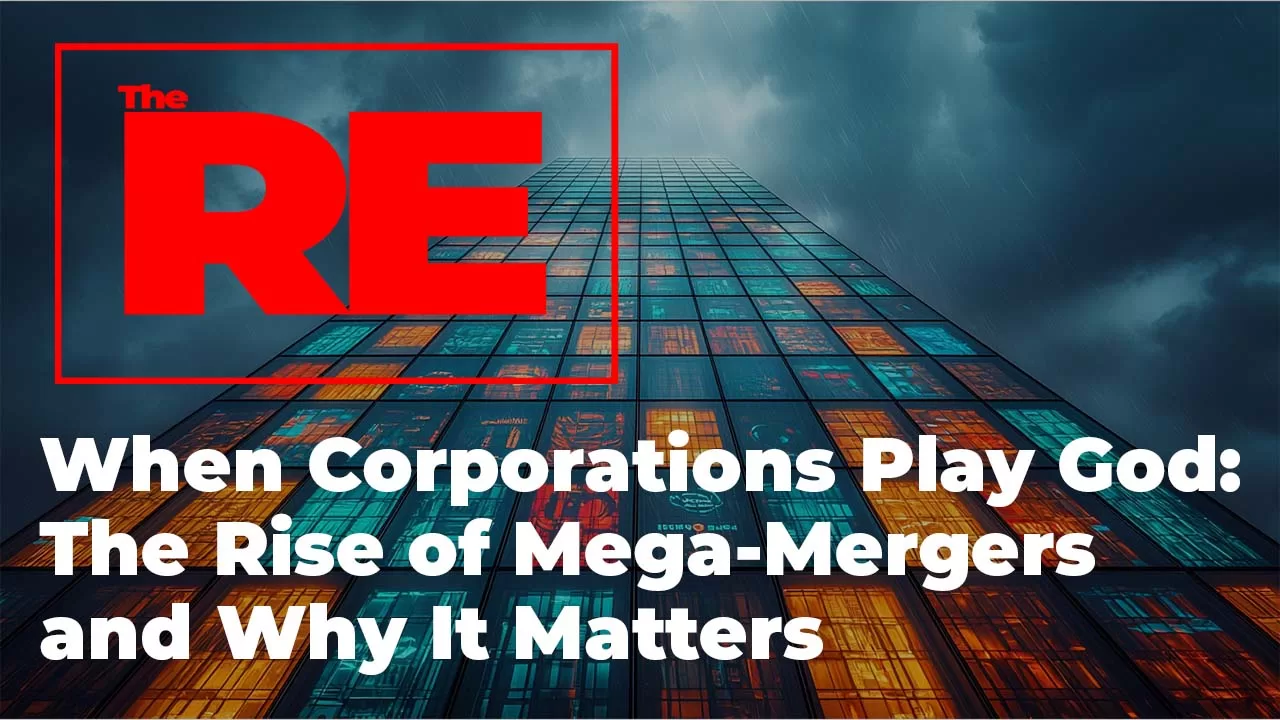
They tell us competition is good for the market. That innovation comes from choices. That freedom looks like a shelf full of brands and a feed full of voices. But behind the logos, behind the apps, behind the headlines, something else is happening. Quietly. Strategically. Permanently.
Corporations are not just growing; they are absorbing. They are consolidating. They are fusing together into entities so massive, so embedded, that we barely recognize where one ends and the next begins. And when a company controls what you eat, what you watch, what you believe, and how you work, that is not business it is theology. That is power dressed up in quarterly earnings. That is control no longer regulated by votes or public discourse, but by shareholders and CEOs with no face and no accountability.
This is not about one company buying another. This is about entire sectors collapsing into a handful of owners. This is about telecom giants owning the channels that shape public opinion. About grocery chains merging with tech platforms that track your every purchase. About pharmaceutical companies swallowing competitors while raising prices on the very drugs people need to stay alive.
The average consumer might still feel like they have choices. Dozens of cereal boxes. Endless streaming options. Multiple airlines. But pull the curtain back and it becomes clear: the illusion of choice is part of the strategy. The food on the shelves? Often owned by the same conglomerate. The shows you binge? Packaged and delivered by companies owned by the same three media families. The flights you book? Funneled through systems run by the same handful of carriers who’ve already agreed not to undercut one another.
We are no longer just buying products. We are participating in systems. And those systems are becoming tighter, more opaque, and more vertically integrated than at any point in modern history.
Take Amazon. It started with books. Then it became a storefront. Then a cloud server. Then a delivery network. Now it is health care, grocery, home security, entertainment, and voice control. It is the mall, the warehouse, the delivery truck, and the data pipeline all in one. It does not just sell the product—it controls the ecosystem that determines what products exist and which ones disappear.
This is not innovation. This is domination. And when companies get this big, regulation becomes almost laughable. They do not fear lawsuits. They do not fear Congress. They write the policy before we even know what bill is being debated. And while antitrust hearings become televised theatre, the real deals happen in boardrooms no one ever sees.
What makes this moment different is not just the size of these corporations—it is their reach. They do not just sell us things. They shape the context we live in. They influence what stories trend and what ideas get suppressed. They fund think tanks. They sponsor legislation. They run algorithms that decide what we see and when we see it.
And with each merger, with each acquisition, the gap between public power and corporate power gets wider. Governments are supposed to represent people. Corporations represent profit. And yet in the modern world, one seems to be running circles around the other. While lawmakers argue over budgets and elections, companies make moves in silence—acquiring the infrastructure of everyday life while no one is watching.
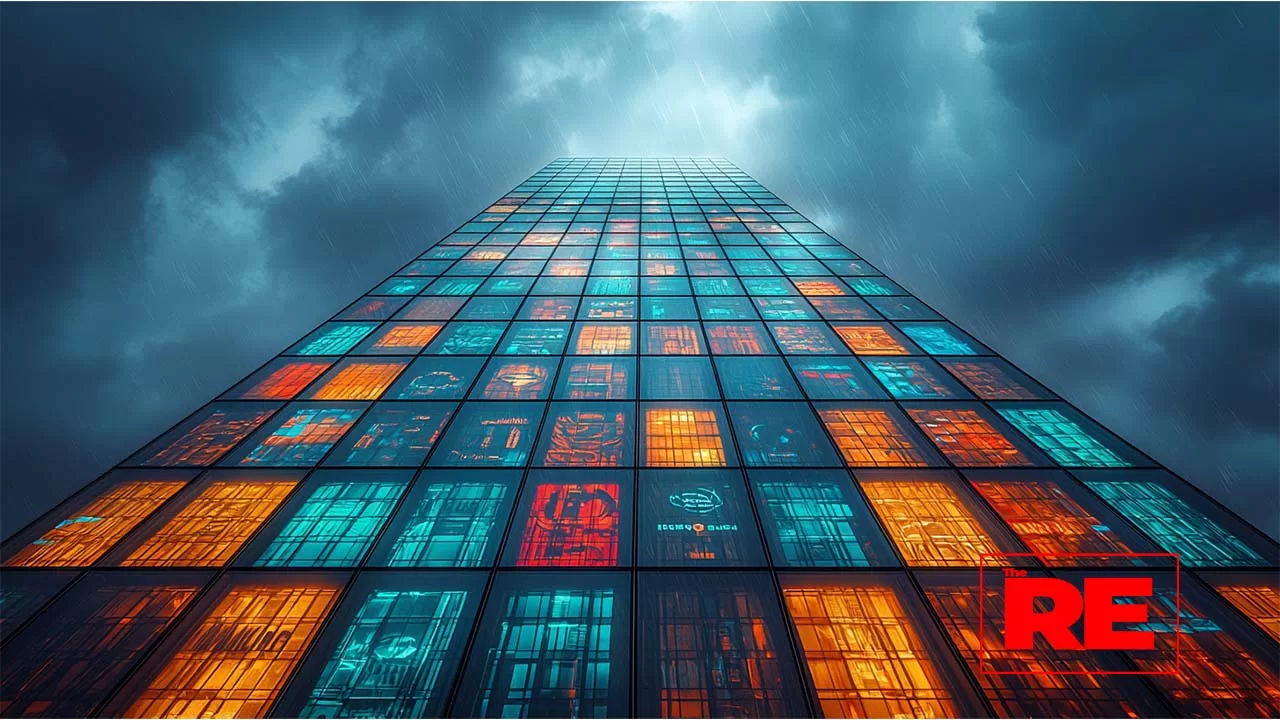
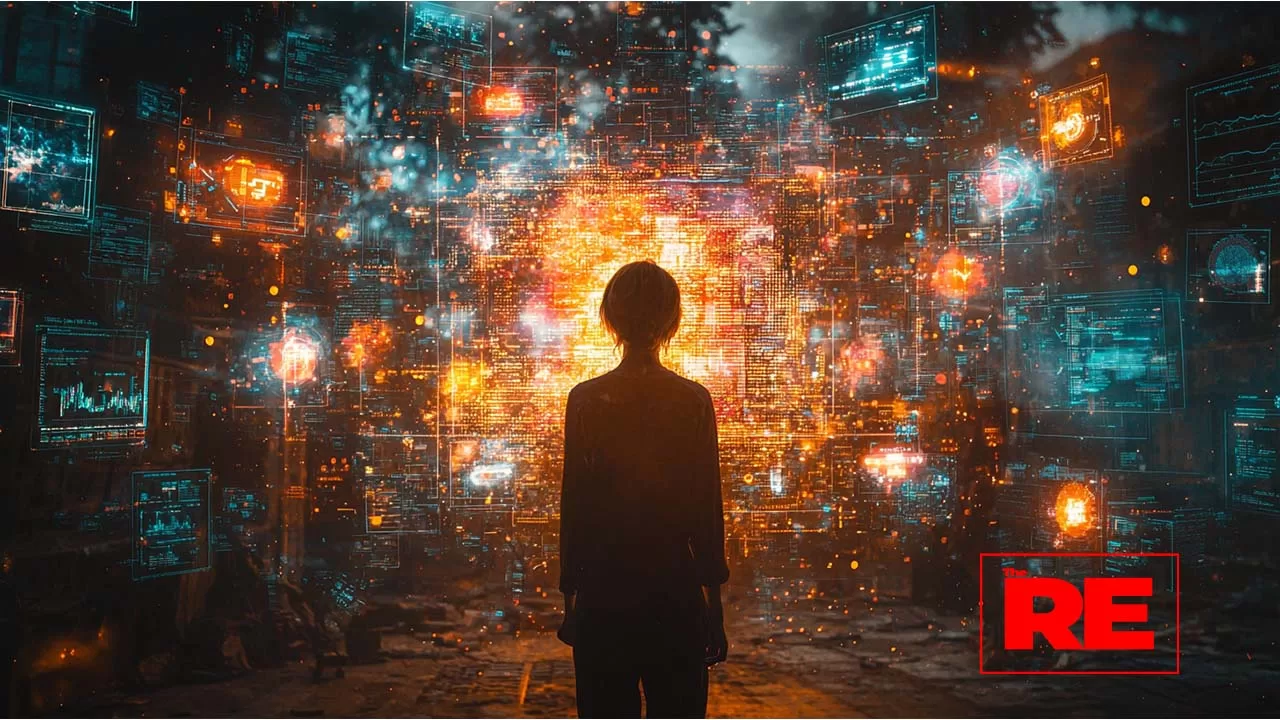

When one corporation owns the data, the hardware, the software, the server, the ad network, and the delivery pipeline, it no longer plays by the rules of the market. It becomes the market. And when that happens, you cannot simply walk away. You do not get to opt out. Because your job, your doctor, your grocery store, your media, your child’s education platform they are all sitting inside the same few corporate networks whether you realize it or not.
There is a theological arrogance to it. A belief that scale equals wisdom. That algorithms can replace judgment. That if it is profitable, it must be right. That if no one stops you, you must be the chosen one. And we consumers, users, citizens are treated less like people and more like data points in a system designed to extract as much as possible for as long as possible.
We do not talk enough about how this changes culture. When art must be algorithm-friendly to survive. When books are filtered by search engine logic. When restaurants have to pay to show up in maps or risk being erased. When healthcare pricing is decided by predictive models optimized for returns, not recovery. This is not just business it is belief. It is faith in a model that prioritizes efficiency over ethics and scale over soul.
And it affects politics too. The same companies that shape your shopping habits now shape public discourse. They decide which candidates get platformed and which get throttled. They host campaign ads, harvest voter data, and influence turnout through micro-targeted content. The lines between commerce, surveillance, and governance have not just blurred they have merged.
People wonder why everything feels harder. Why rent is up. Why groceries are up. Why choices feel narrower even though options appear endless. It is because control has concentrated. And when control concentrates, the margins disappear. Independent bookstores, independent farms, independent creators—they vanish. Not because they failed, but because they were never given a fair lane to survive.
It is tempting to shrug and say this is just capitalism. But capitalism without competition is not a market—it is a monopoly. And monopoly with political influence becomes something else entirely. It becomes a soft form of authoritarianism—one that does not need a dictator because it already has compliance built into the system.
So what do we do? We start by seeing it clearly. By understanding that behind every convenience is a cost. That the comfort of one-click living is often built on the erosion of local economies, worker rights, and independent voice. That innovation without accountability is just colonization with better branding.
We talk. We teach. We push for laws with teeth. We support the businesses that fight to stay independent. We stop pretending this is normal. Because when corporations play god, the first thing they erase is memory. The second is resistance. And the third is everything else that made us human.
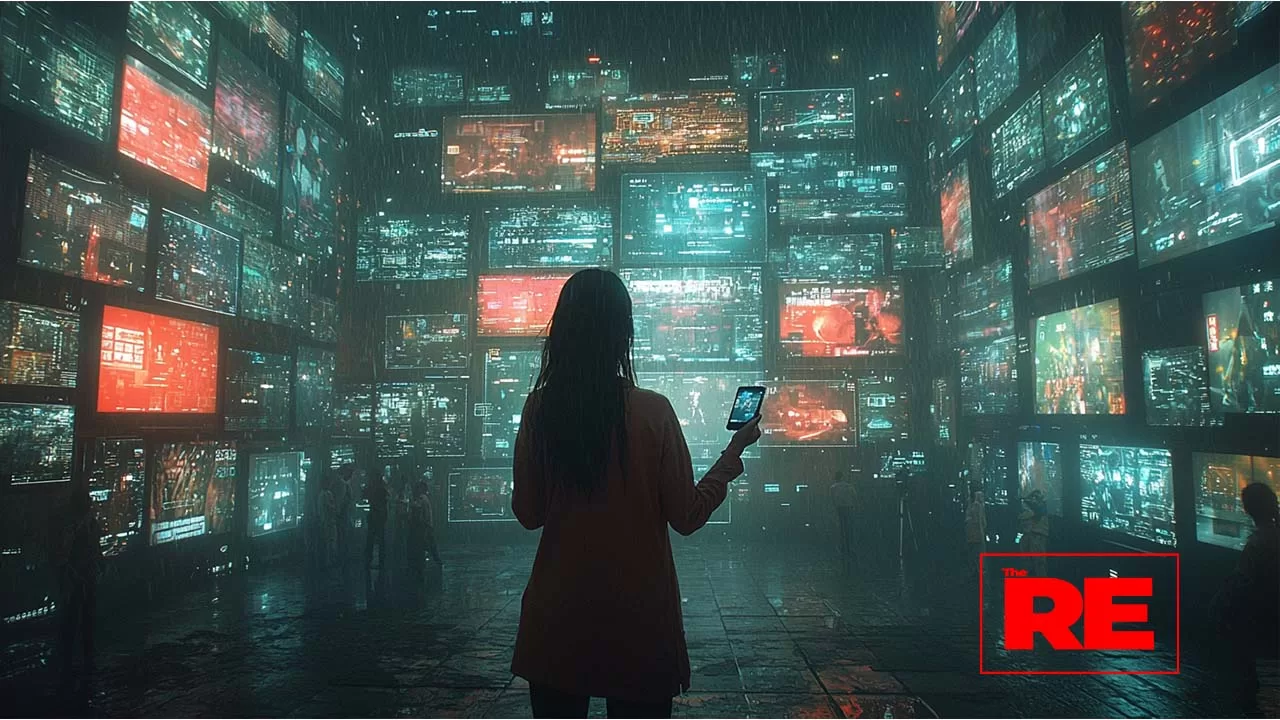
Forgotten Frontlines: The Other Wars America Doesn’t Talk About
The Ripple Effect
-News and Commentary-
Forgotten Frontlines: The Other Wars America Doesn’t Talk About
- Home
- Articles Posted by (
- Page 2 )
Share On Social
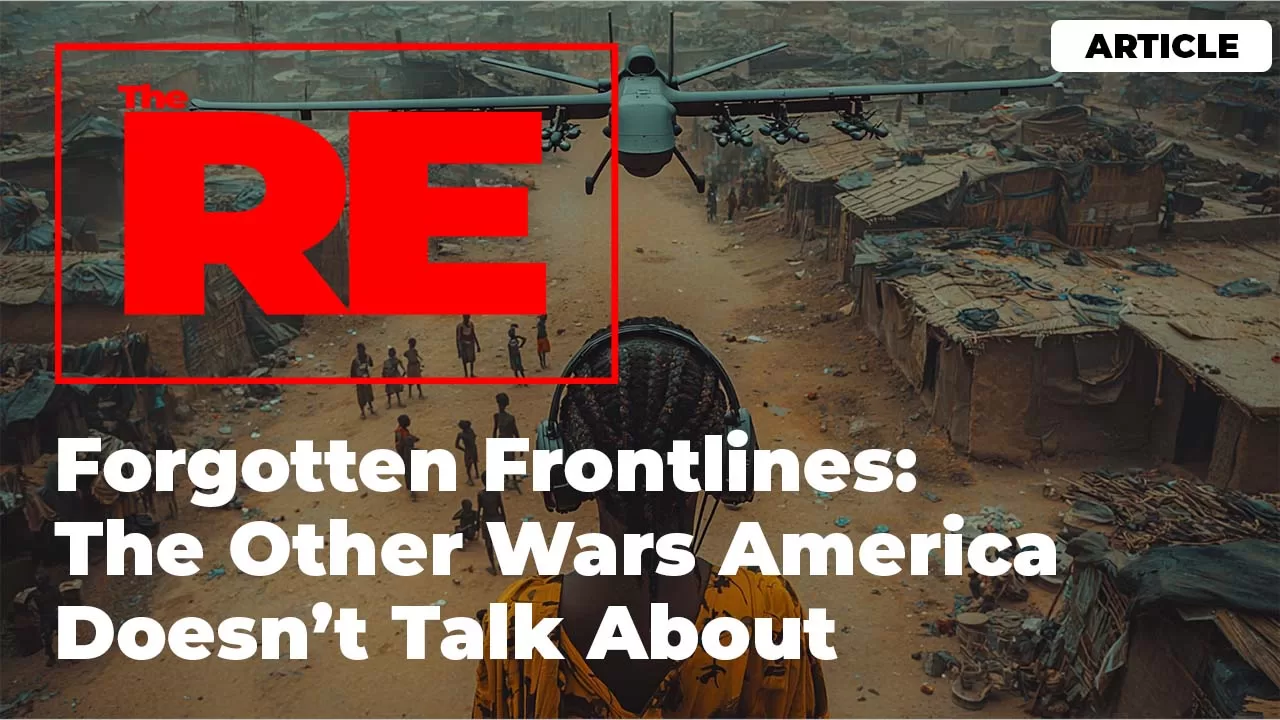
There are American boots on the ground in countries most people cannot find on a map. There are drone strikes that never make the news. There are casualties with no headlines, no viral footage, and no public debate, just silence.
Most people think of war as something loud. Explosions, flags, briefings from the Pentagon. But the truth is, some wars are quiet. They do not ask for your attention. They do not show up in your feed. They exist just beneath the surface, out of sight, but never out of consequence.
Somalia. Yemen. Sudan.
These are not footnotes in American foreign policy; they are active zones of engagement, and they have been for years. There are special forces stationed there. There are airstrikes being carried out. There is intelligence being gathered. There are civilians living in fear, every single day.
But we do not talk about it. We talk about Russia. We talk about China. We talk about the next election. But we rarely talk about the places where war has become a routine operation, where American presence has been normalized without consent, without clarity, and without accountability.
In Somalia, American troops have been operating under the justification of counterterrorism, fighting off groups like al-Shabaab. But what began as targeted missions slowly turned into ongoing operations, with shifting goals, limited transparency, and no clear end in sight.
In Yemen, we were told we were supporting an ally, providing arms to Saudi Arabia, offering logistical support. That support became complicity. Complicity in airstrikes that killed schoolchildren, in blockades that triggered famines, in a conflict that tore a country in half.
And then there is Sudan, a nation caught in waves of unrest, where civil conflict has created the perfect cover for quiet interventions, for influence, for presence, for strategy.
These are not theoretical wars. They are real. They are funded. They are maintained. And the cost is not just in dollars. It is in lives. In trust. In what it means to act in the name of democracy while staying silent about where and how we use our power.
The truth is, these wars are not secret; they are just not spotlighted. They live in official documents, in briefings, in quiet acknowledgments from military spokespeople who know they will not be asked to explain, because no one is asking.
And that is the danger, not just the actions, but the lack of attention. Because when war becomes background noise, it becomes easier to expand, to deepen, to justify.
The public silence around these operations is not an accident. It is a design. War without attention is easier to manage, easier to fund, easier to explain only when it becomes inconvenient. These missions slip through appropriations, are buried in classified briefings, and framed as limited or defensive. But the reach is long, and the impact is lasting.
What makes these forgotten frontlines dangerous is not just what we are doing; it is what we are normalizing. It is the idea that America can remain perpetually engaged in shadow conflicts, with little oversight and even less debate. It is the quiet shift from declared wars to undeclared presence, from battlefields with endings to landscapes where engagement never stops.
The moral cost adds up. Not in speeches, but in stories never told. Children growing up with drones overhead. Villages learning to live around checkpoints that were never supposed to be permanent. Families burying loved ones with no one held responsible. And here at home, the public remains disconnected. These are not our sons and daughters on TV. These are not banner headlines. These are wars without faces, without timelines, and often, without truth.
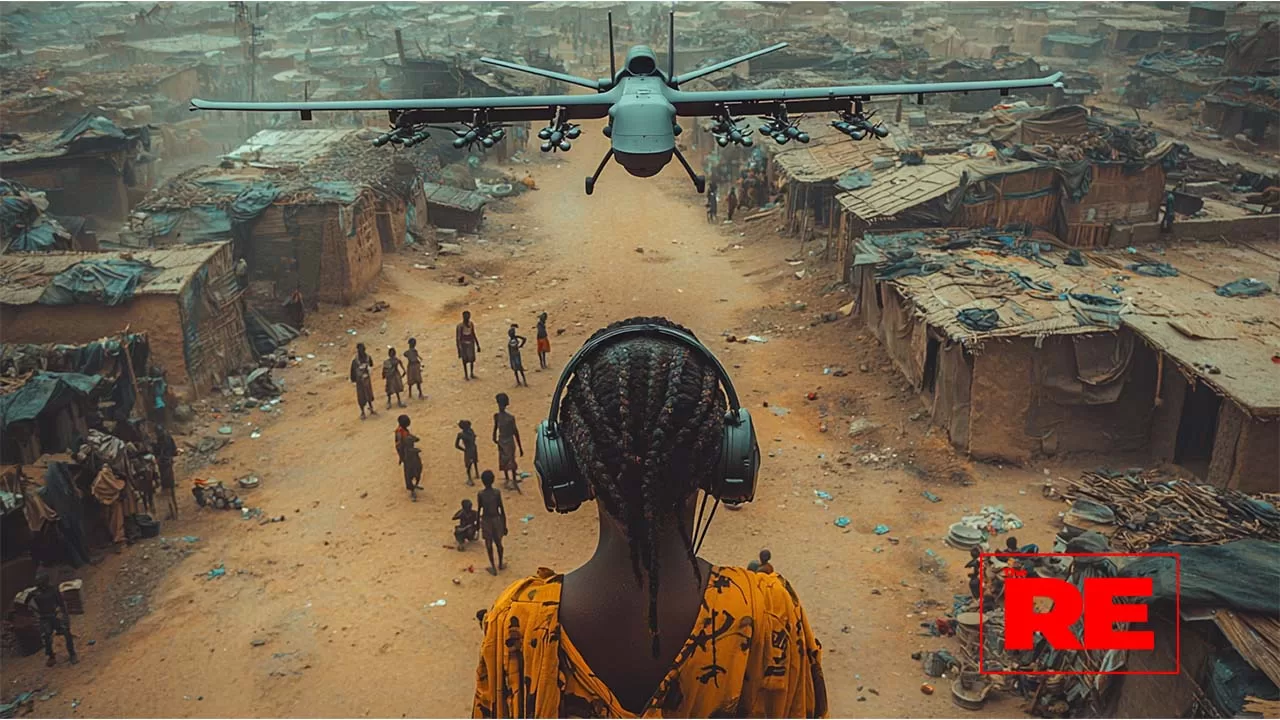
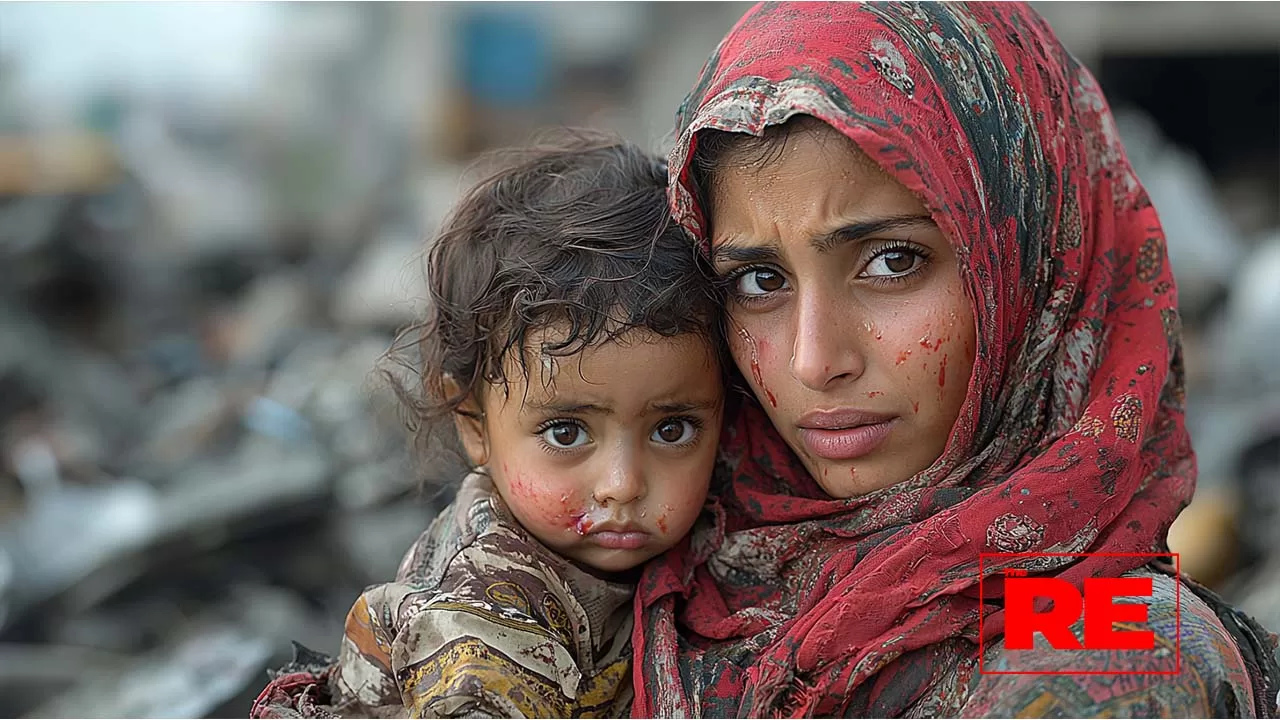
What does it mean to be a democracy that wages war in silence? What does it say about our values when we commit force, but refuse conversation? We spend billions maintaining these presences, but pennies questioning why they persist. We praise service, but rarely question strategy. We cheer defense budgets, but barely pause to examine where that defense begins and where it quietly expands.
This silence hurts soldiers too. Many who serve in these zones return with no clear narrative to carry. No mission to explain. No national dialogue to lean on. They come back from conflicts the public barely acknowledges, unsure how to talk about what they did, unsure how to process what it meant. There is no ticker tape for quiet wars.
We often say “support the troops,” but supporting them means more than slogans. It means being honest about where we send them, why we send them, and what they are facing when they go. It means not allowing endless deployments to places no one’s talking about, on missions no one’s truly accounting for.
These forgotten frontlines expose something deeper about our politics. We have grown comfortable with war as background noise. As a tool of diplomacy. As a routine extension of American interest. We speak the language of peace, but fund the infrastructure of endless conflict.
And when it is forgotten by the public, it becomes easier for institutions to act without permission. Easier to justify actions in the name of security that have nothing to do with safety, and everything to do with control. These are not new patterns. They are old habits, wrapped in new language.
The world is watching. And in places like Somalia, Yemen, and Sudan, the presence of American force is not a theory. It is real. It shapes how people see us. It shapes how history will record us. And if we keep ignoring it, it will shape the kind of future we quietly allow ourselves to build.
War is not only about what happens on the ground. It is about what we allow to happen in the dark. What we choose not to see. What we refuse to name. And sometimes, what we never even bother to ask.
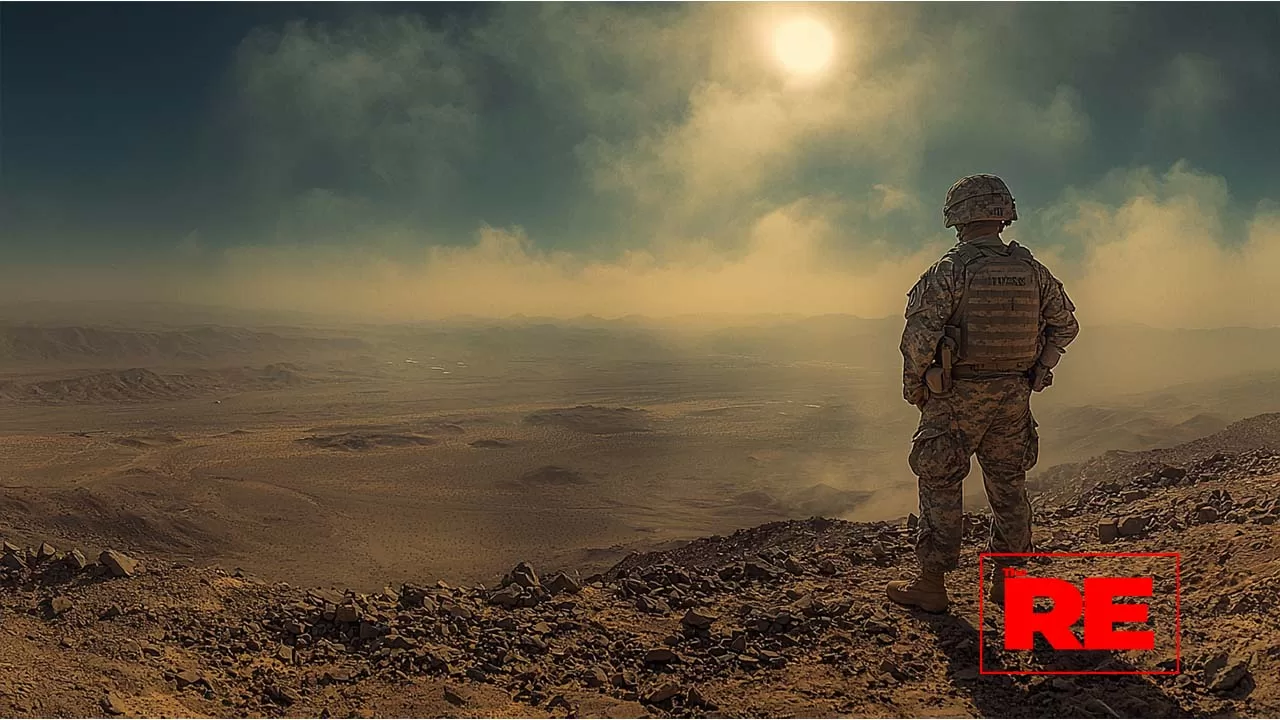
"Truth survives because of you. Make your gift count."
Every dollar helps us fight misinformation and dig deeper into stories that matter.

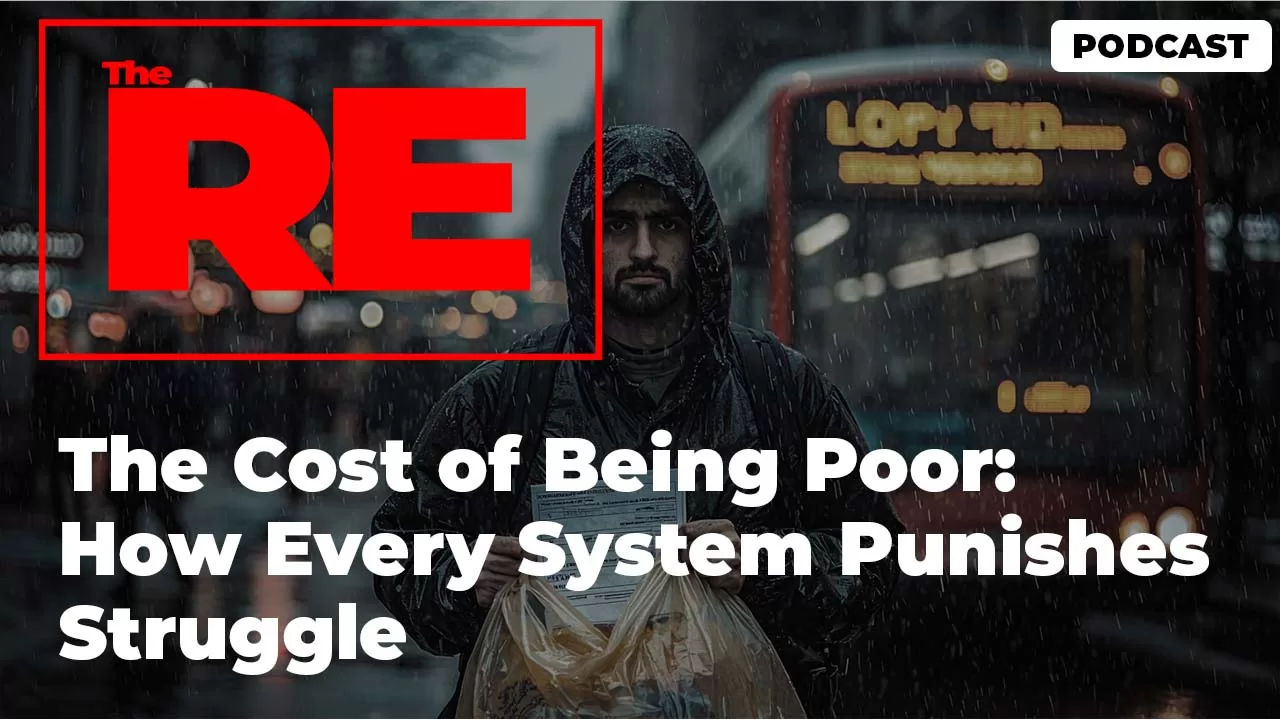
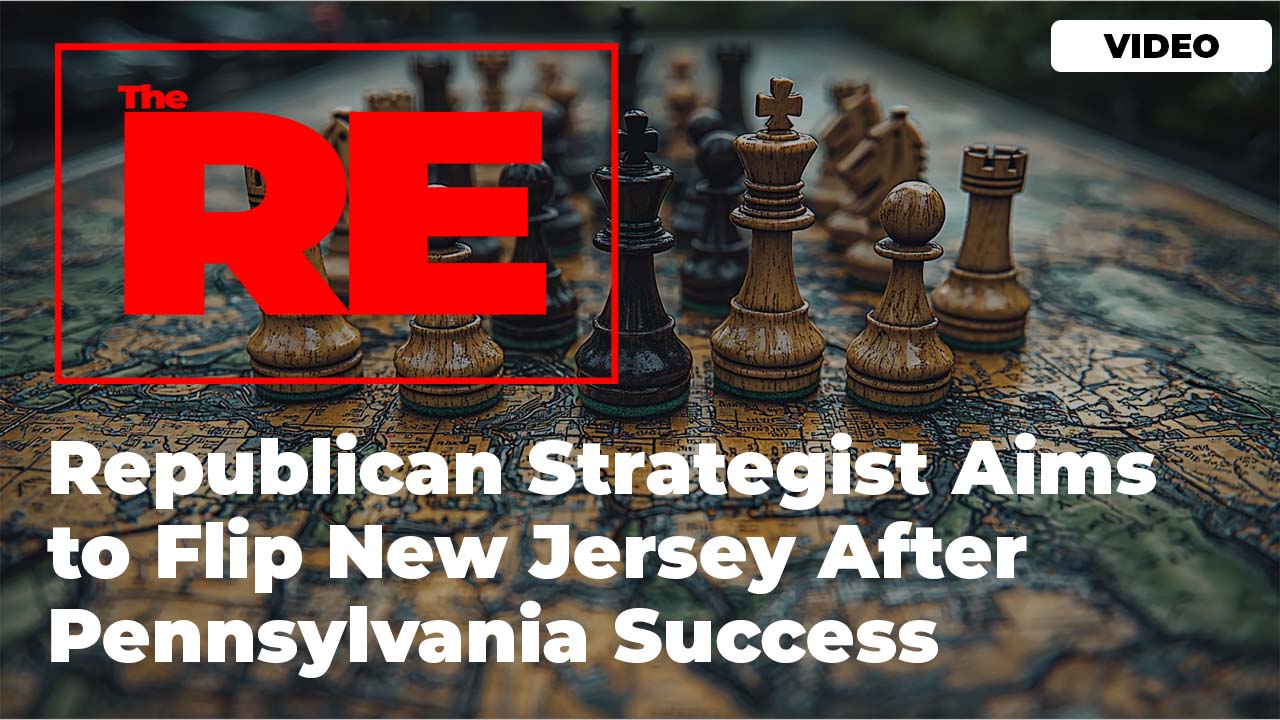
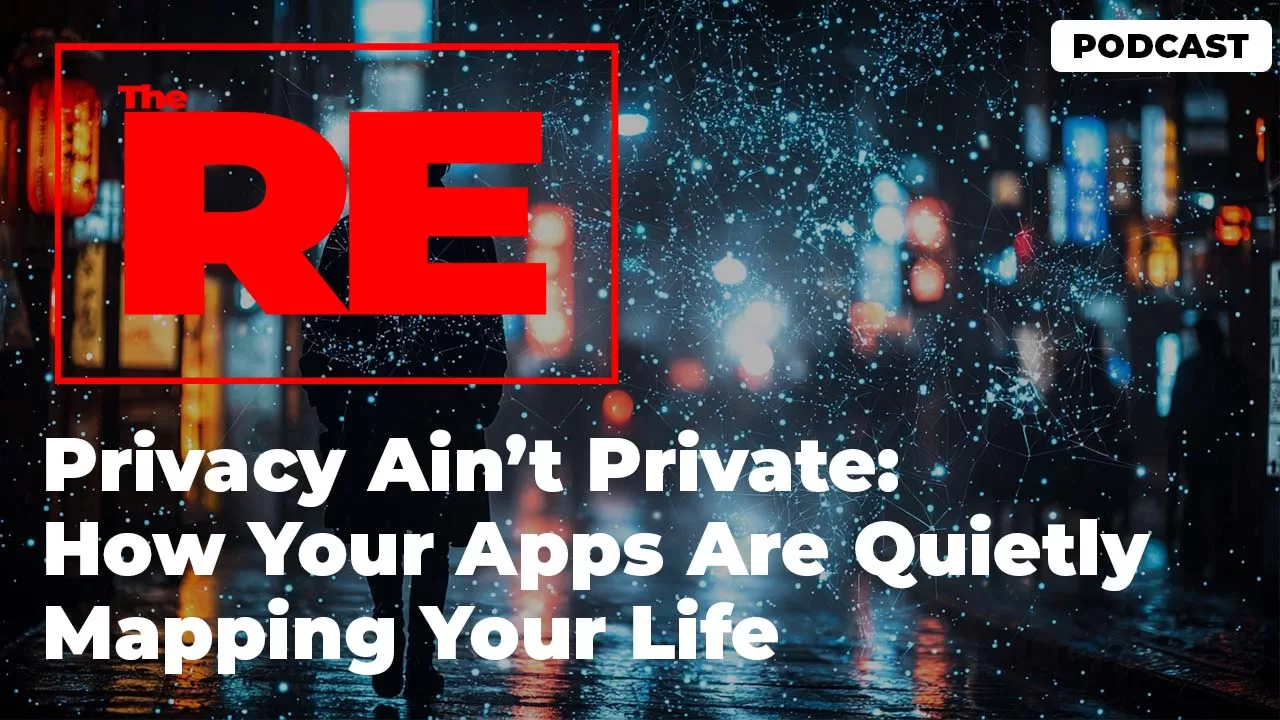
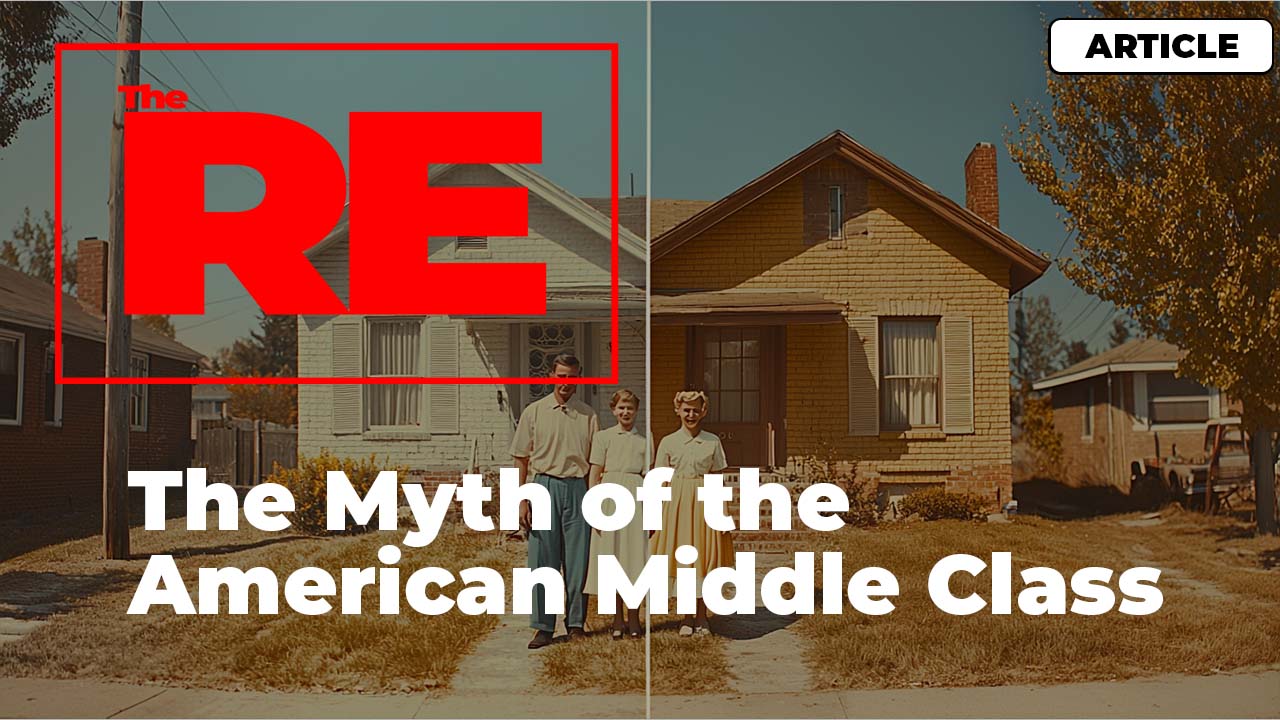
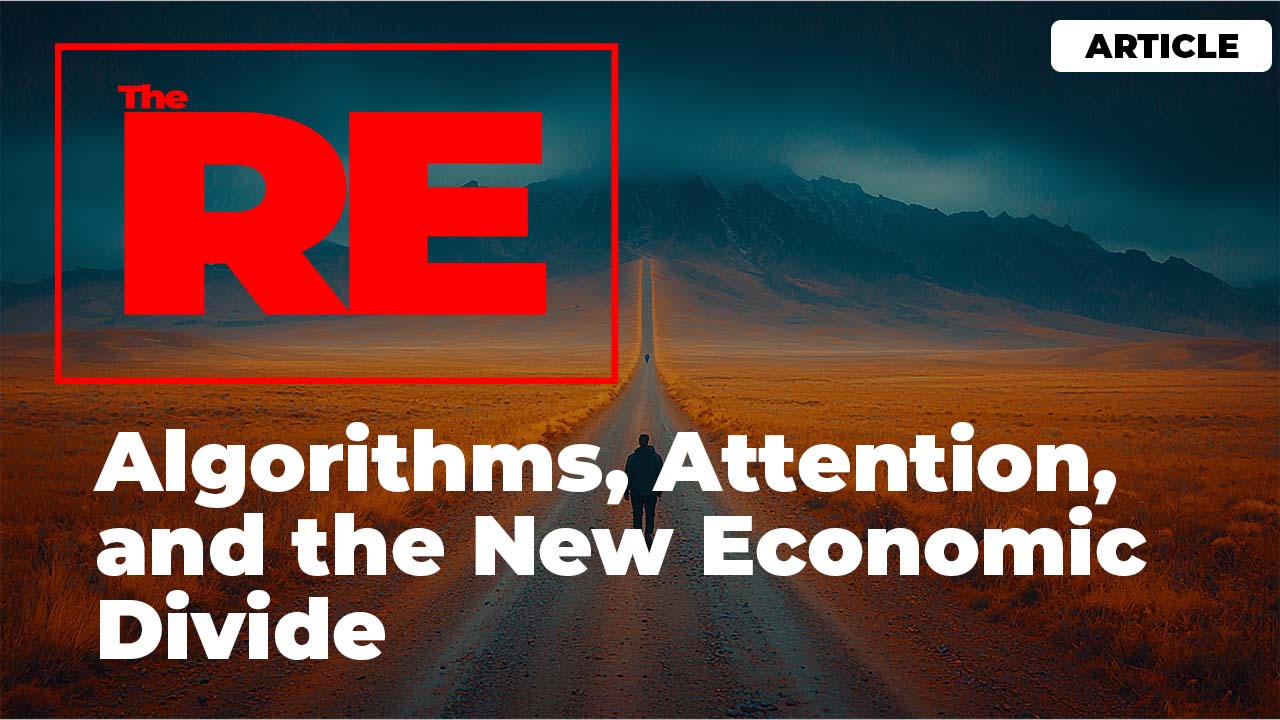

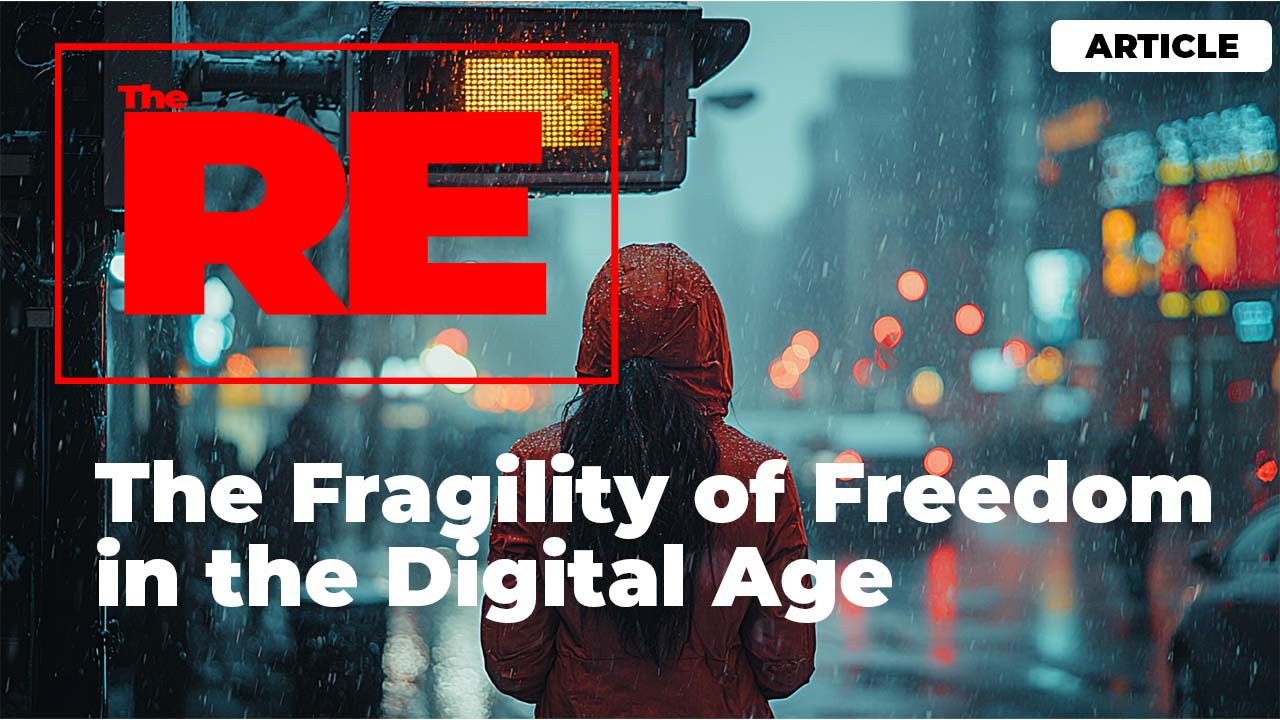
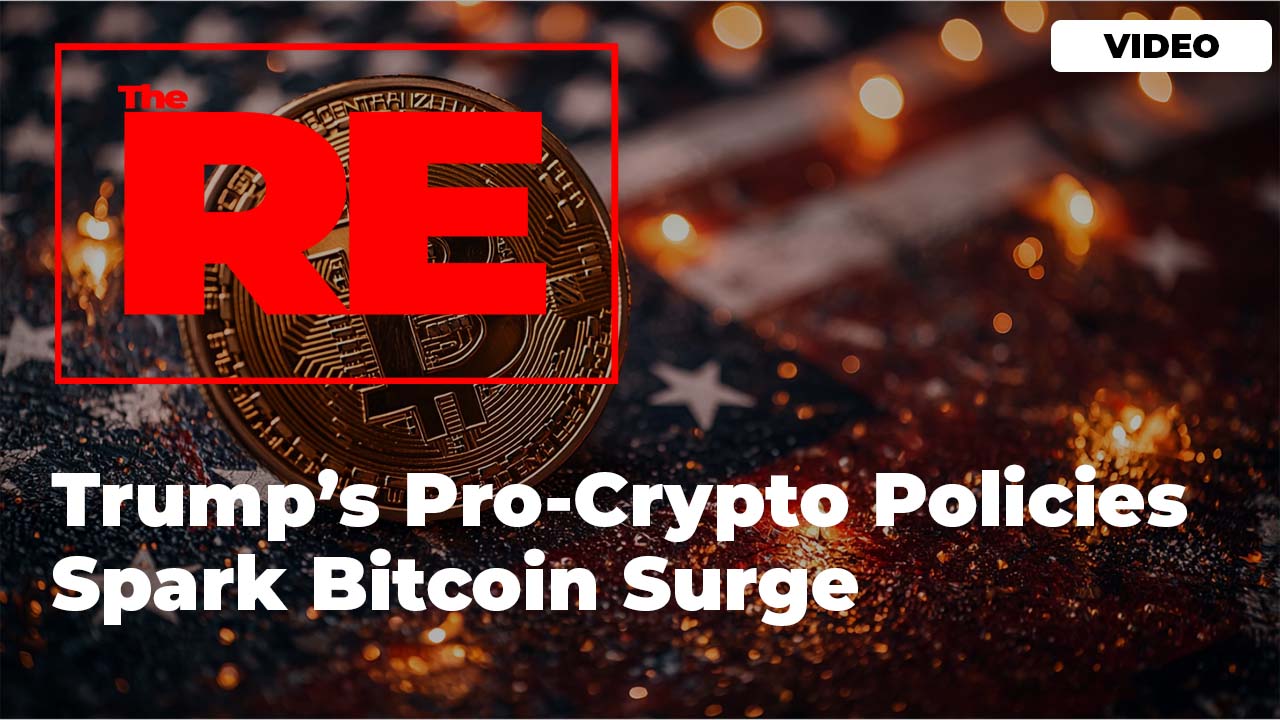
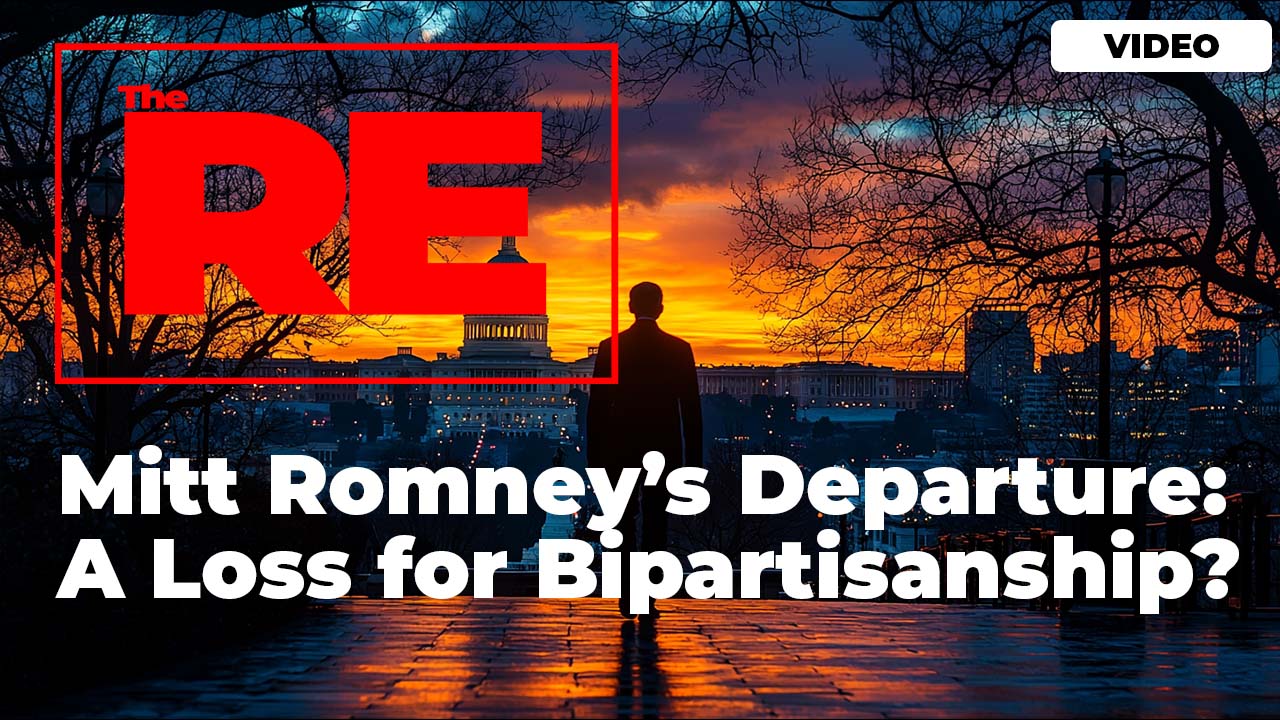
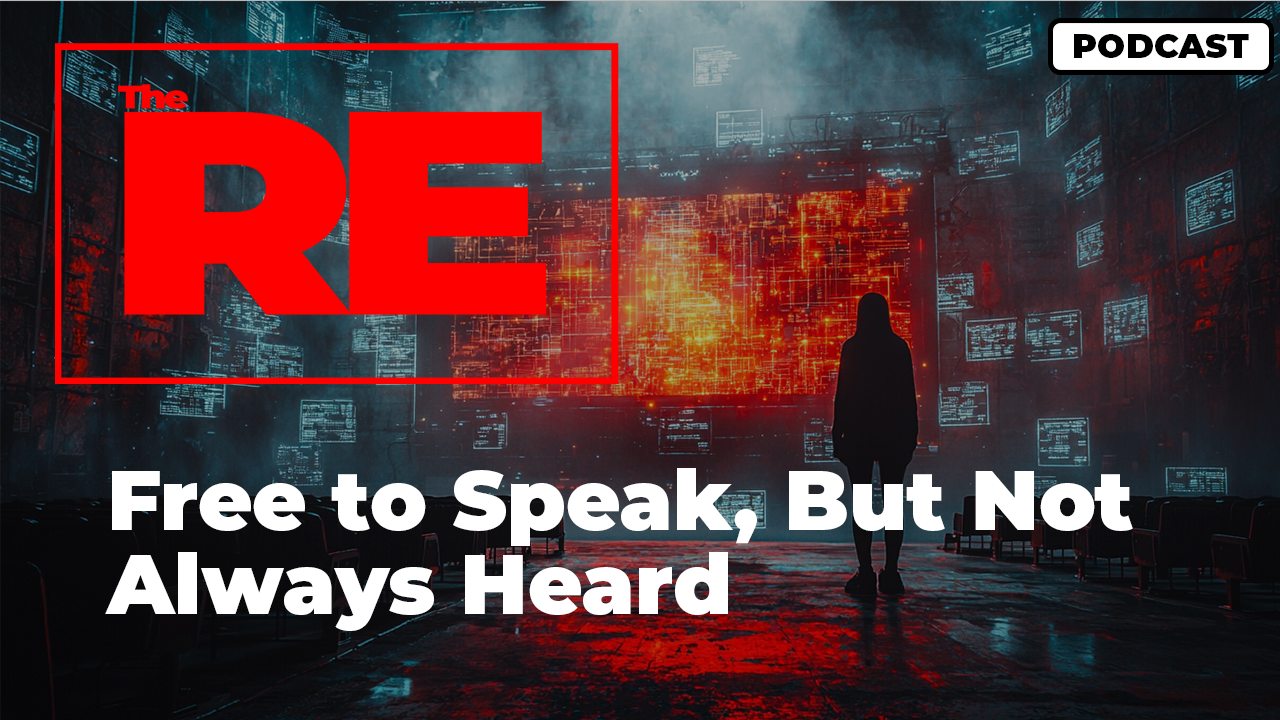
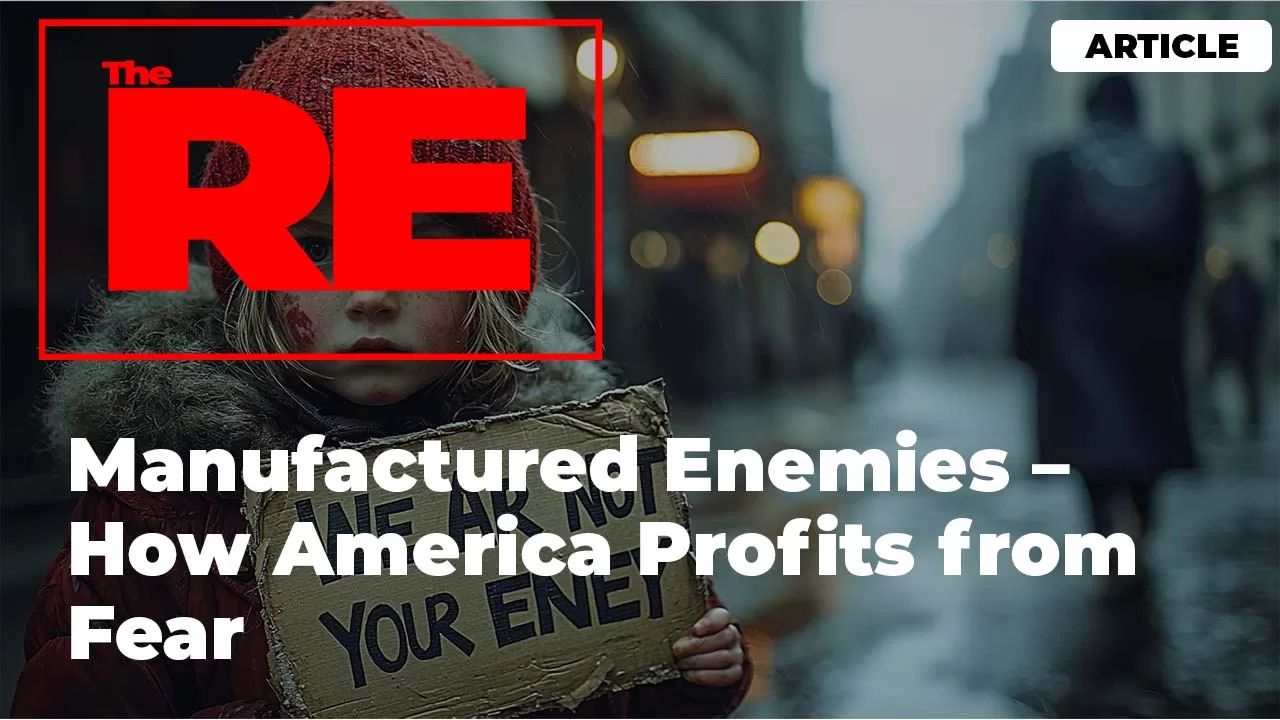
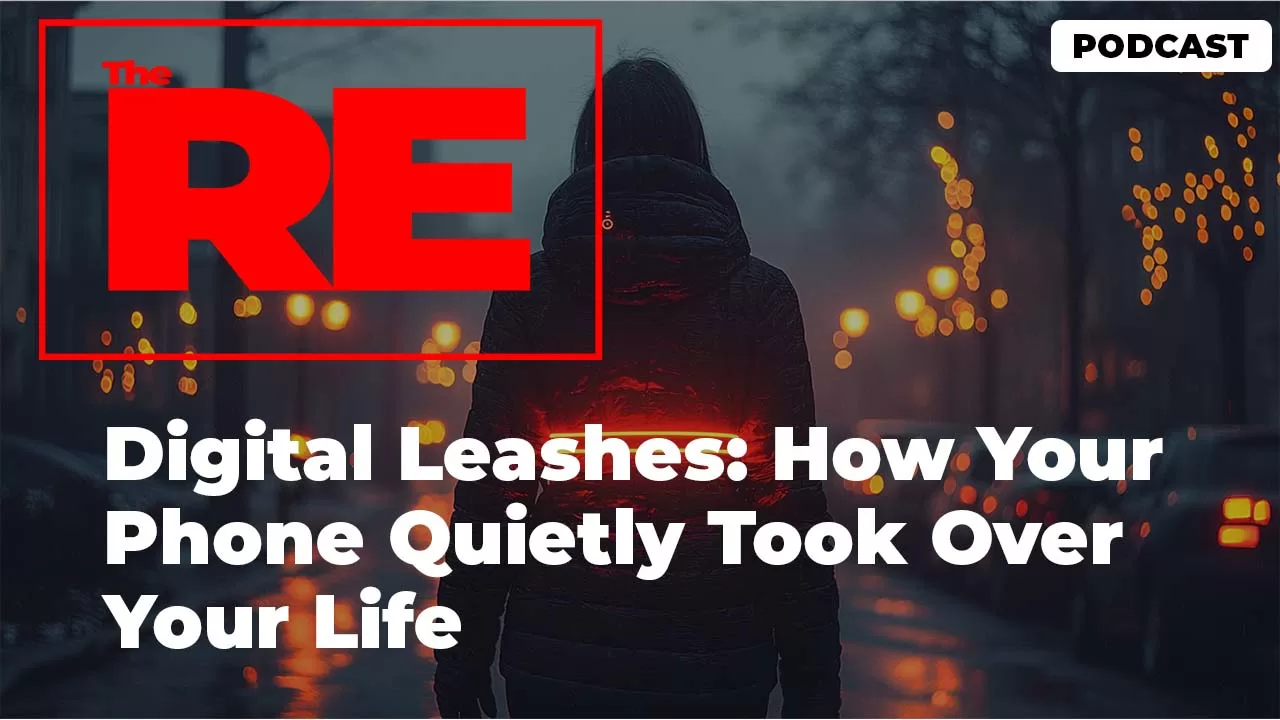
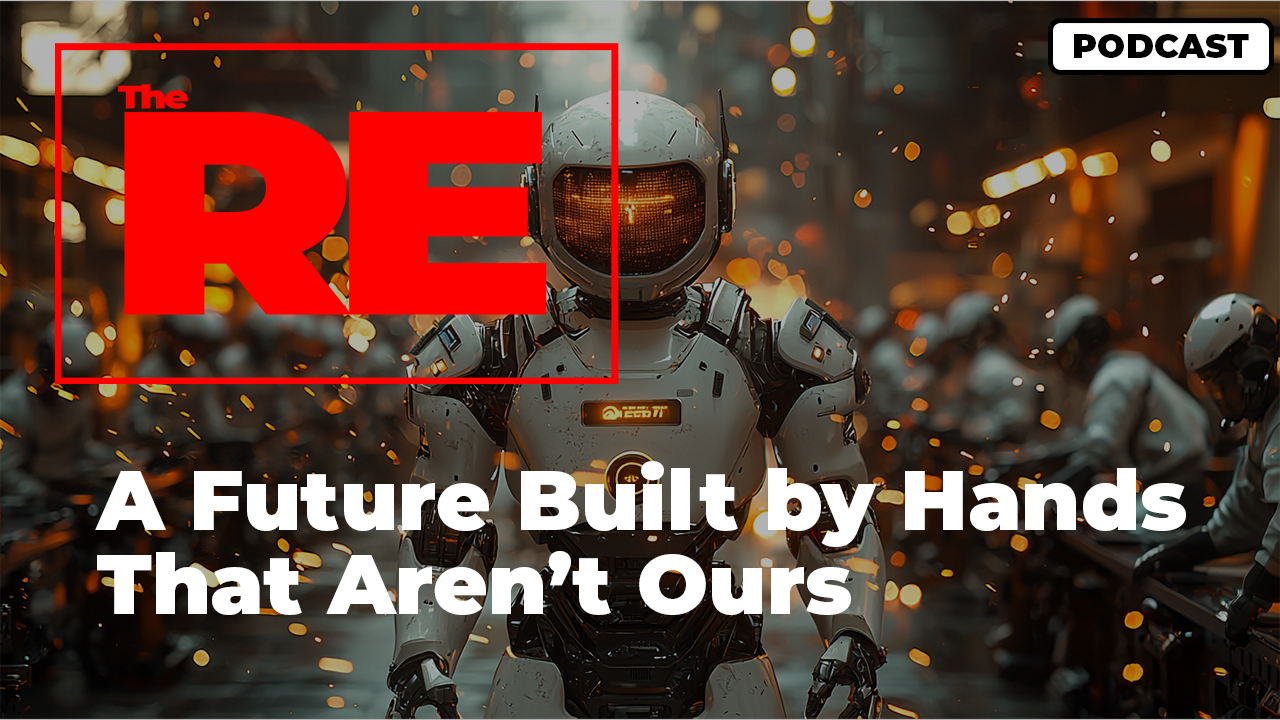
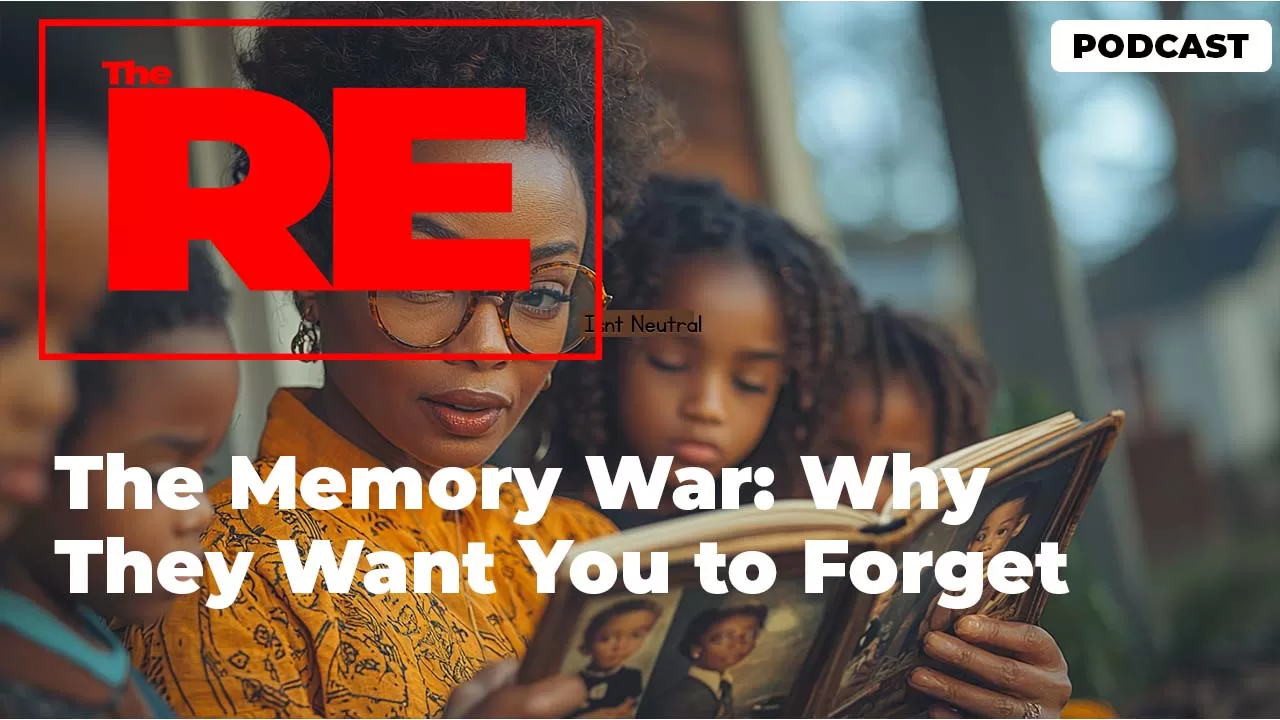
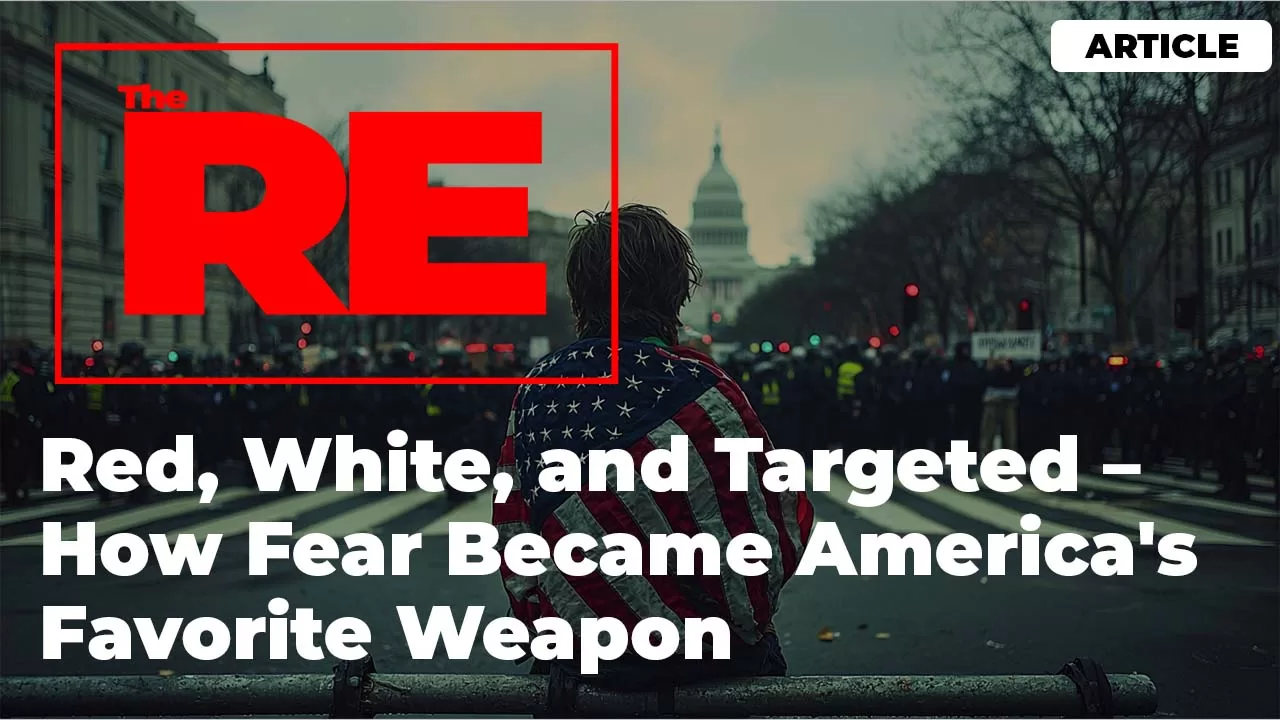
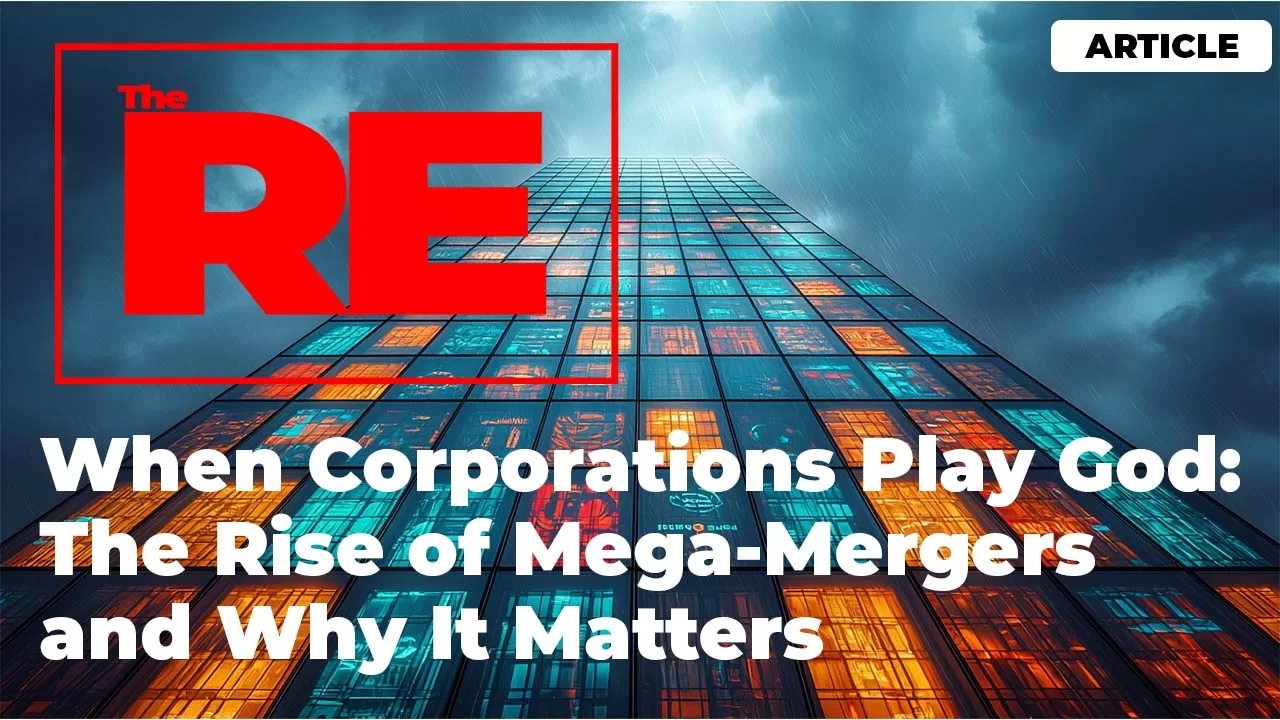
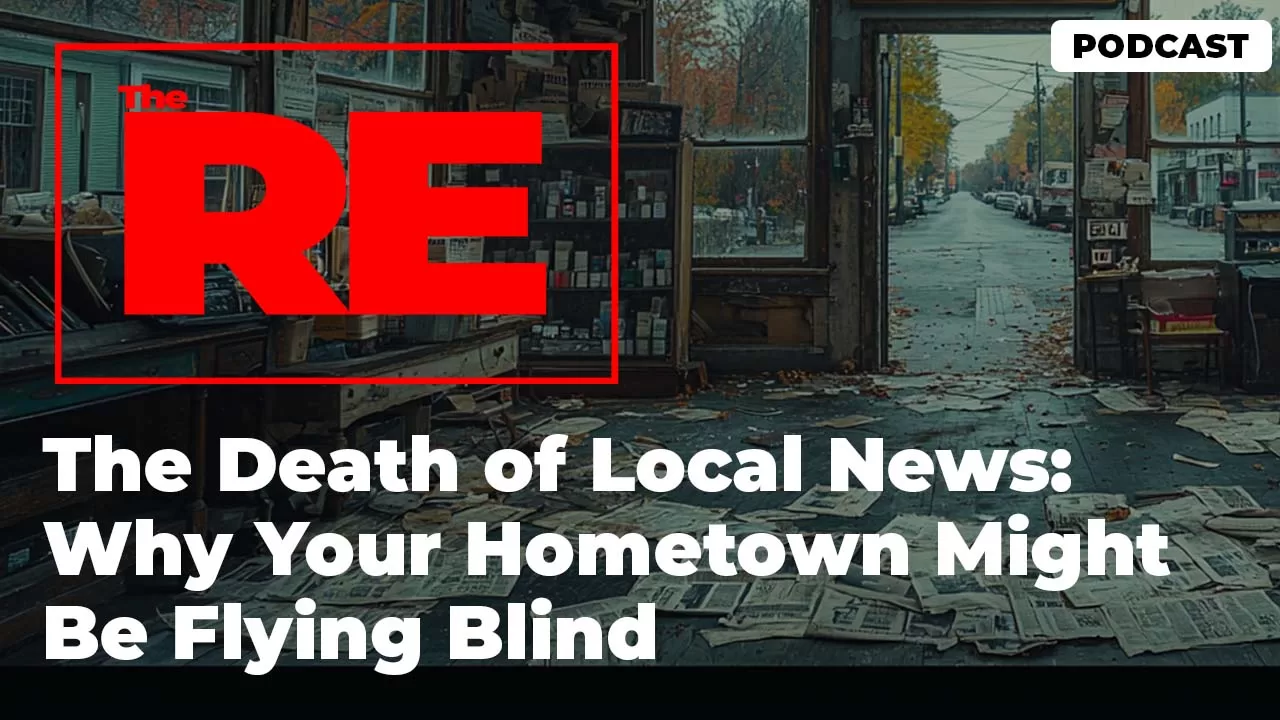
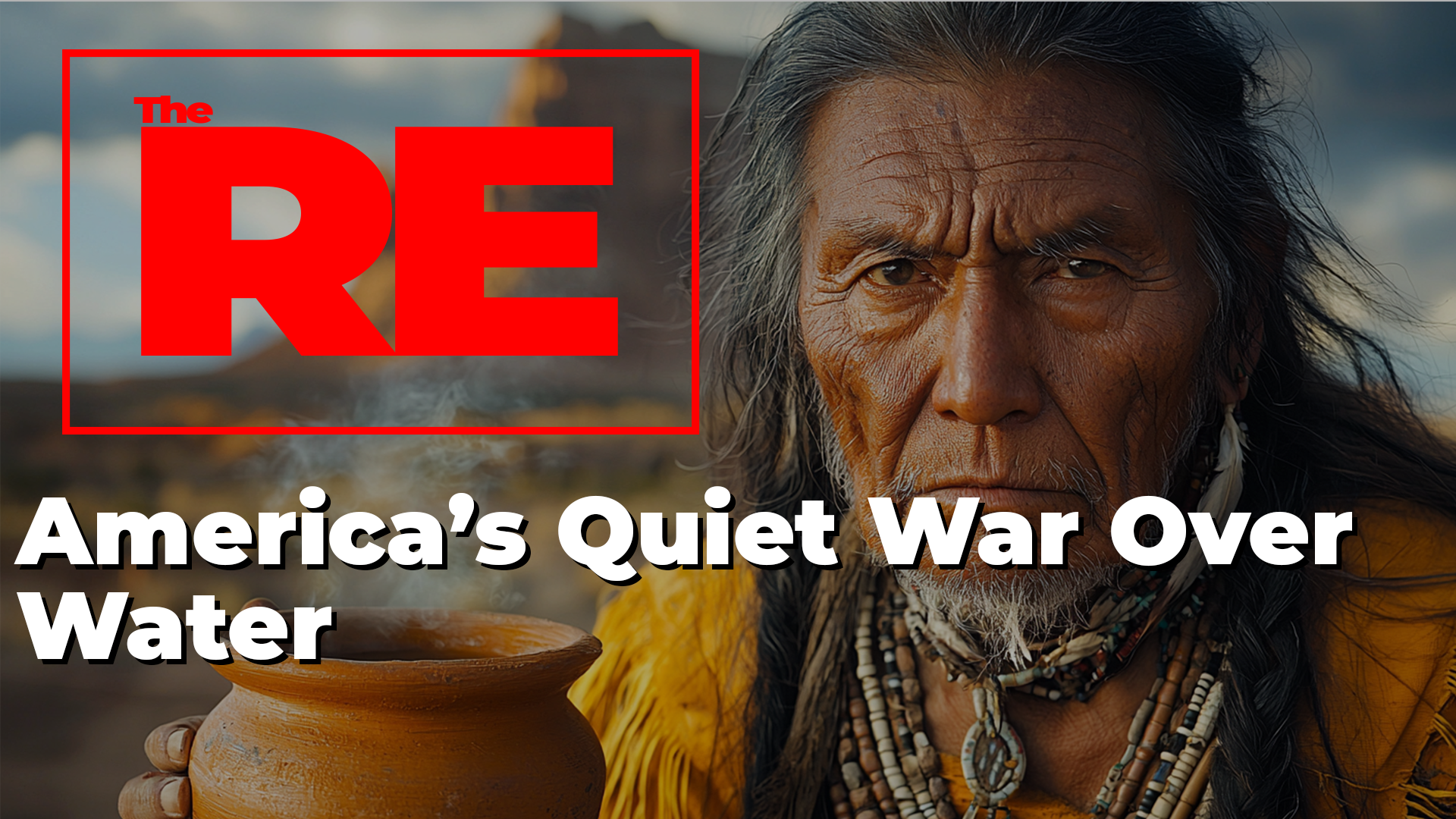
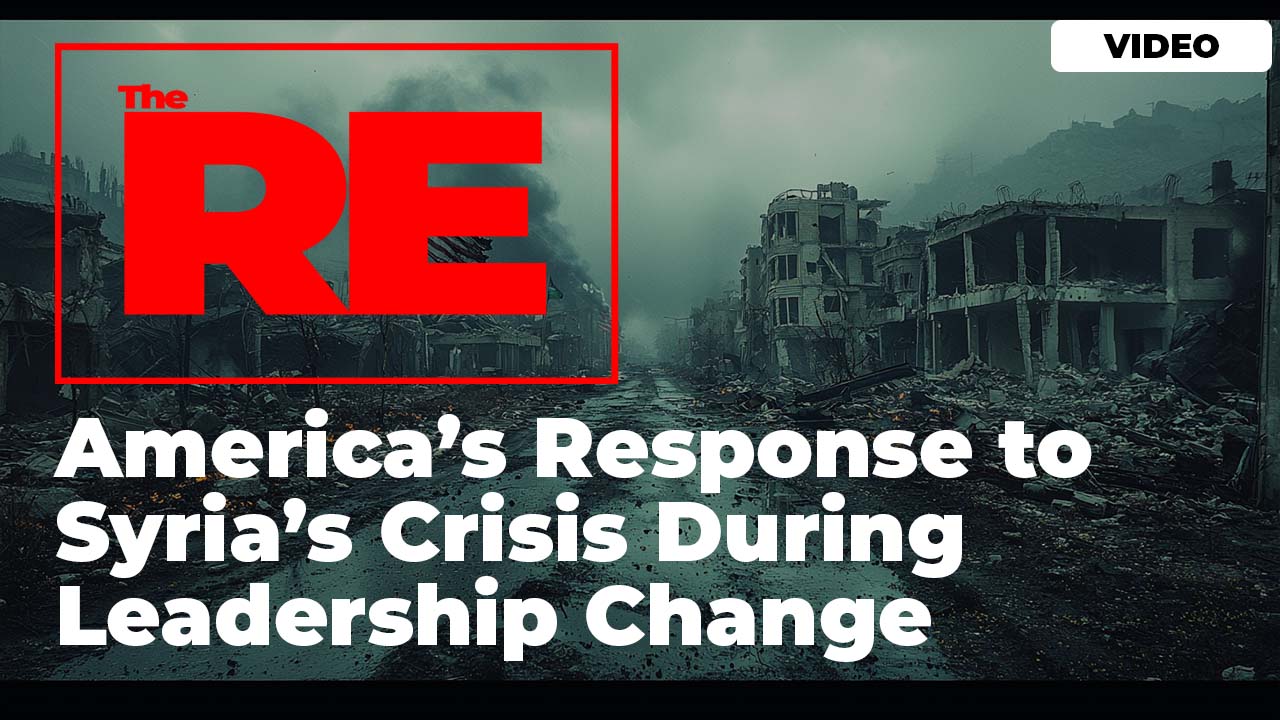
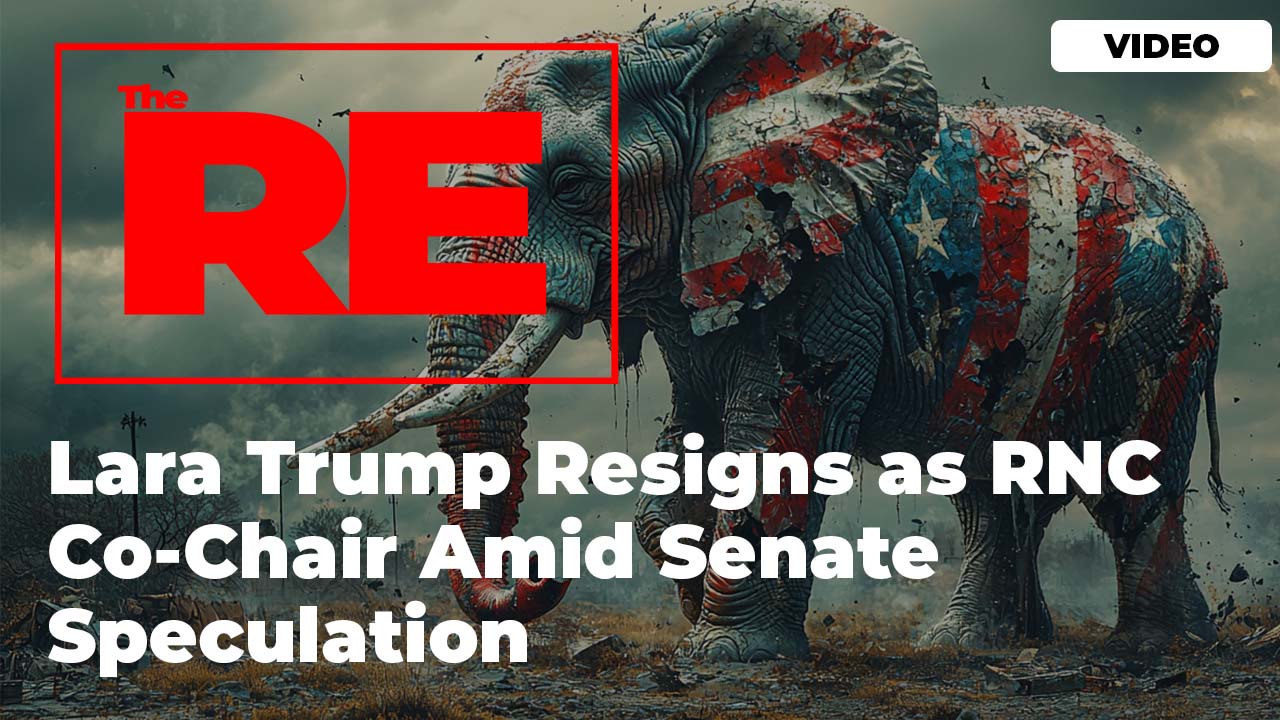
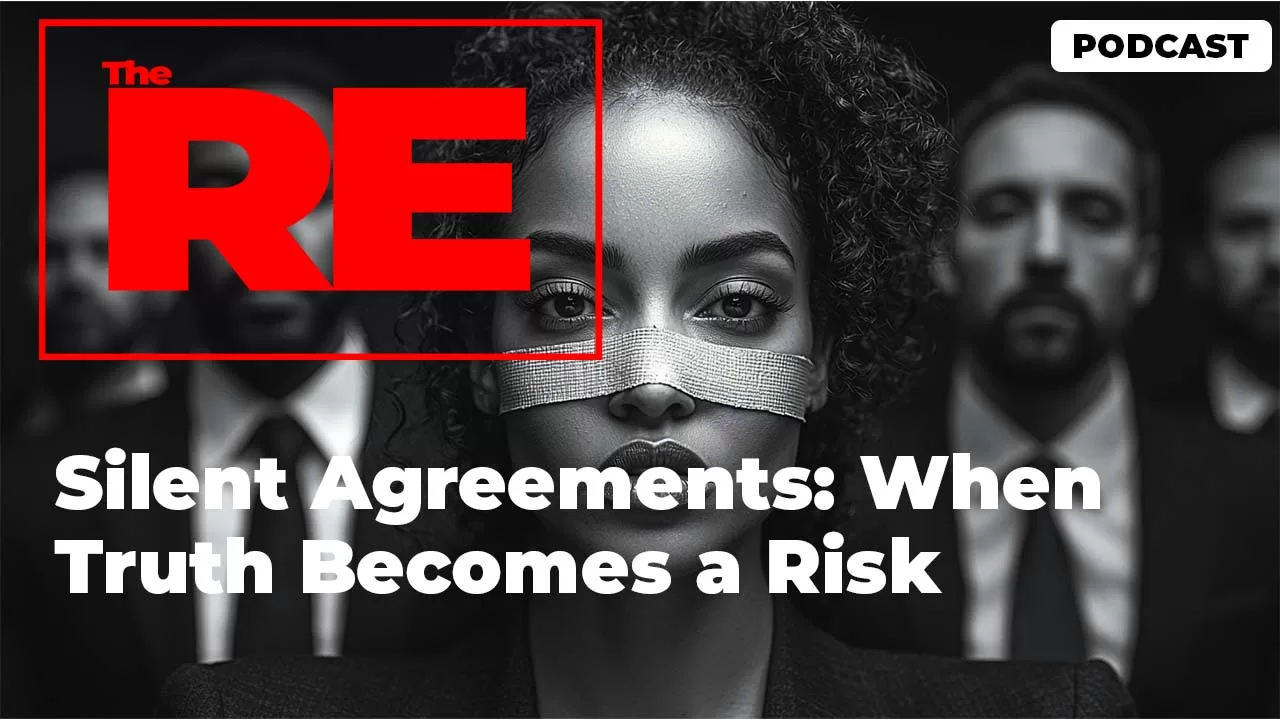
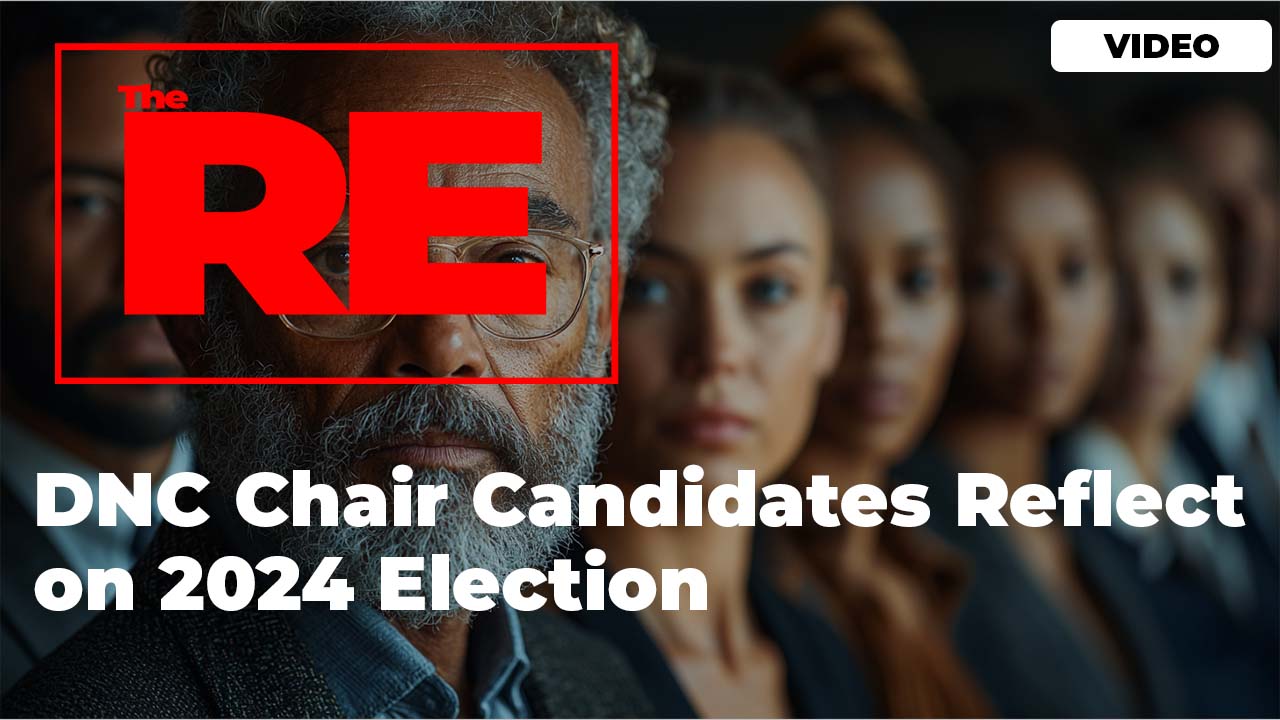
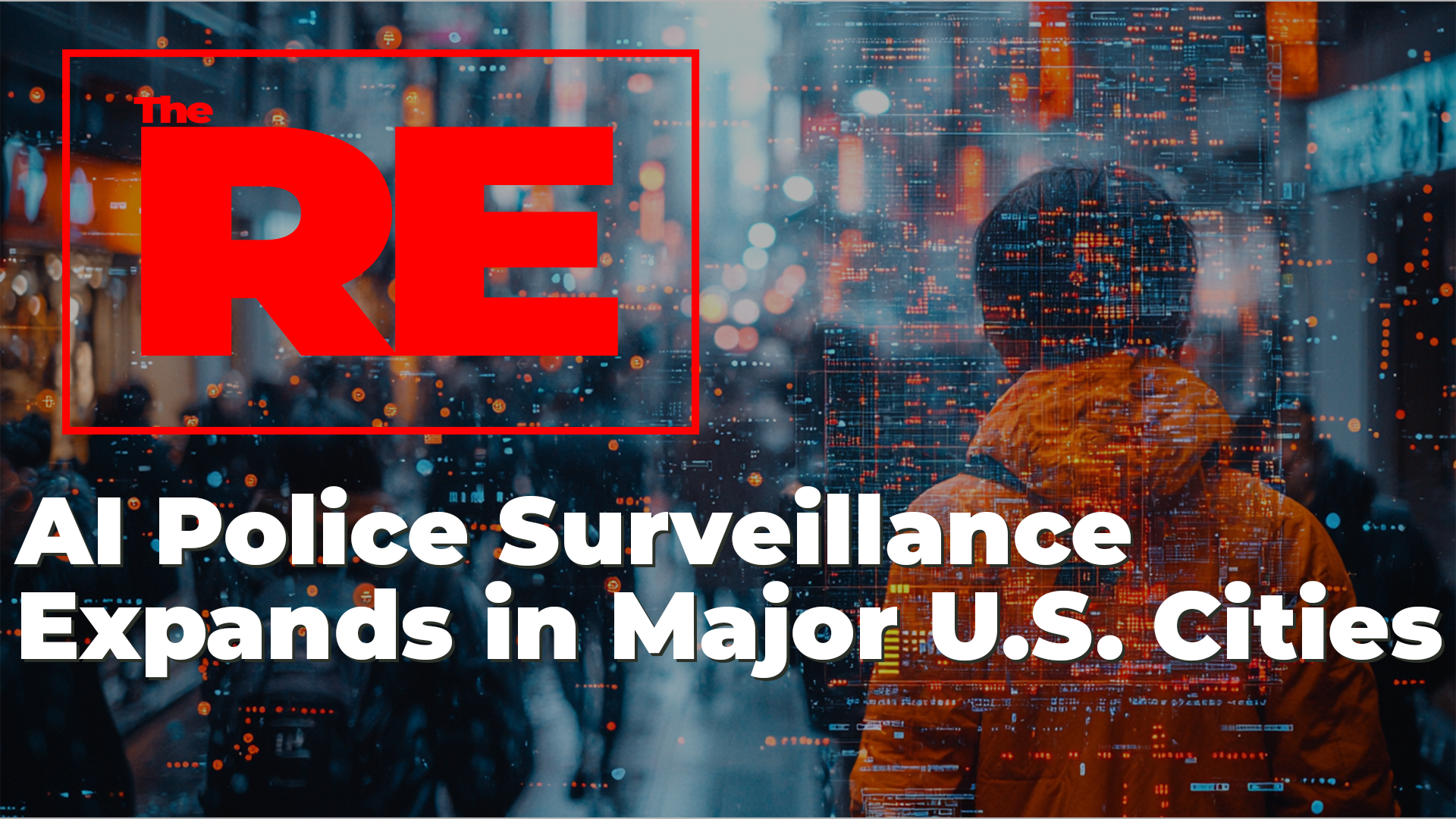

 and then
and then